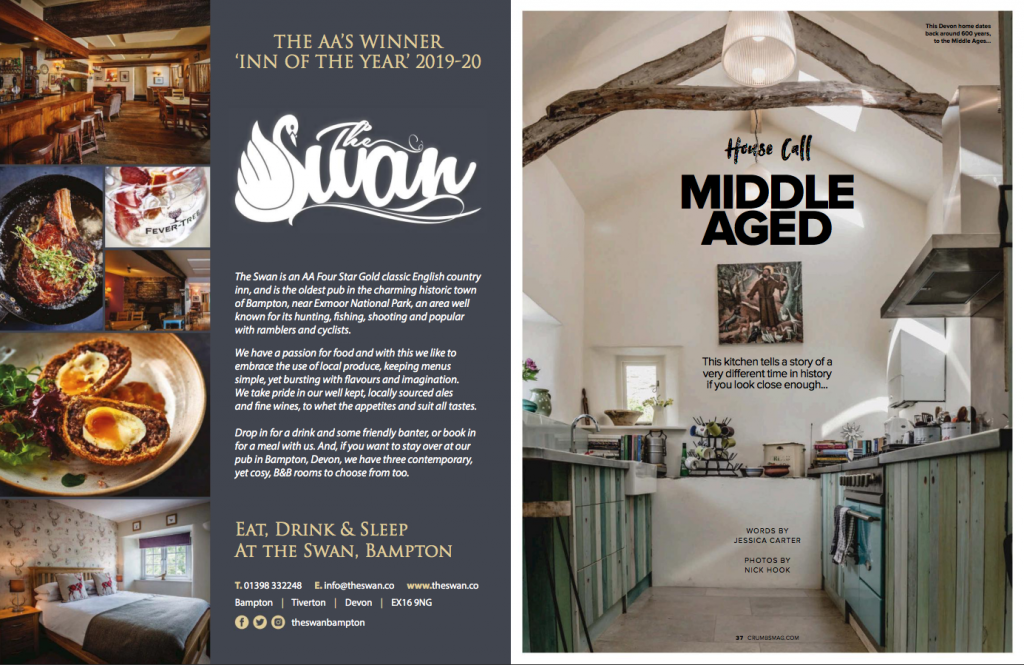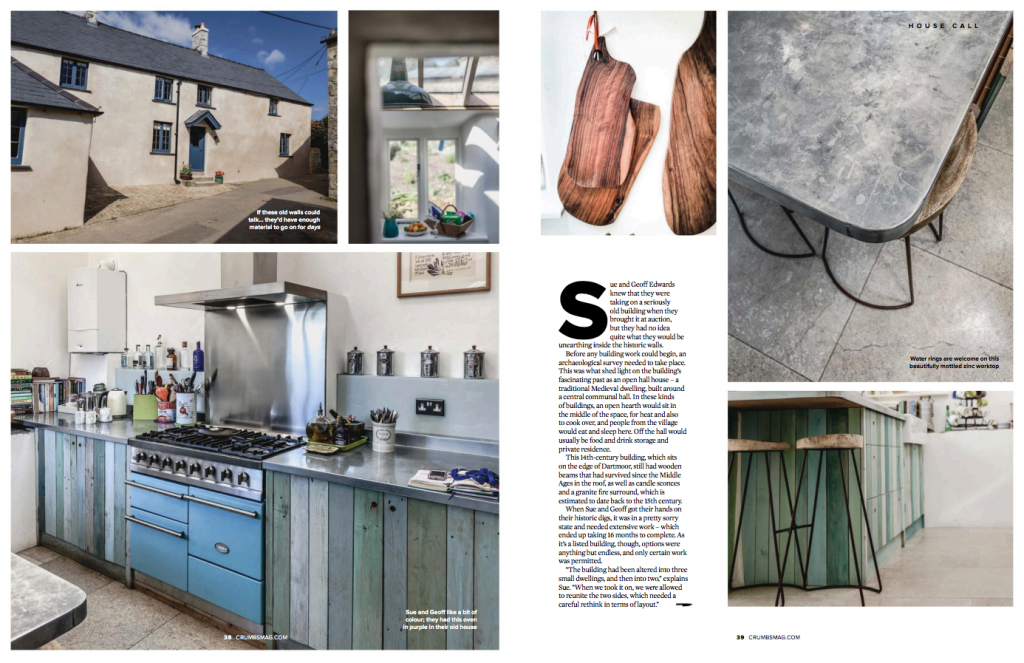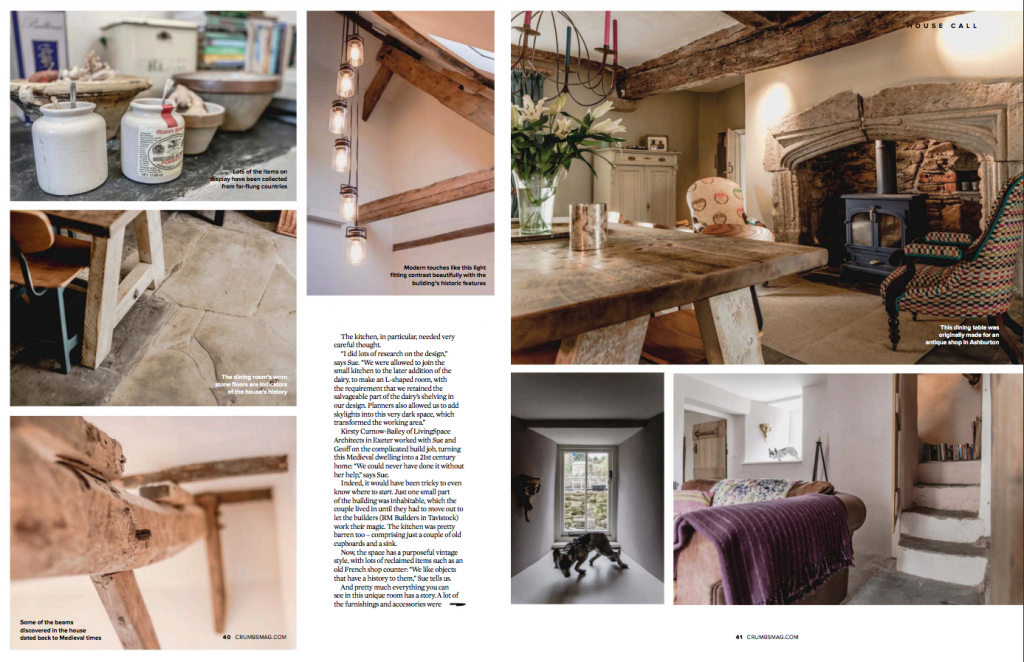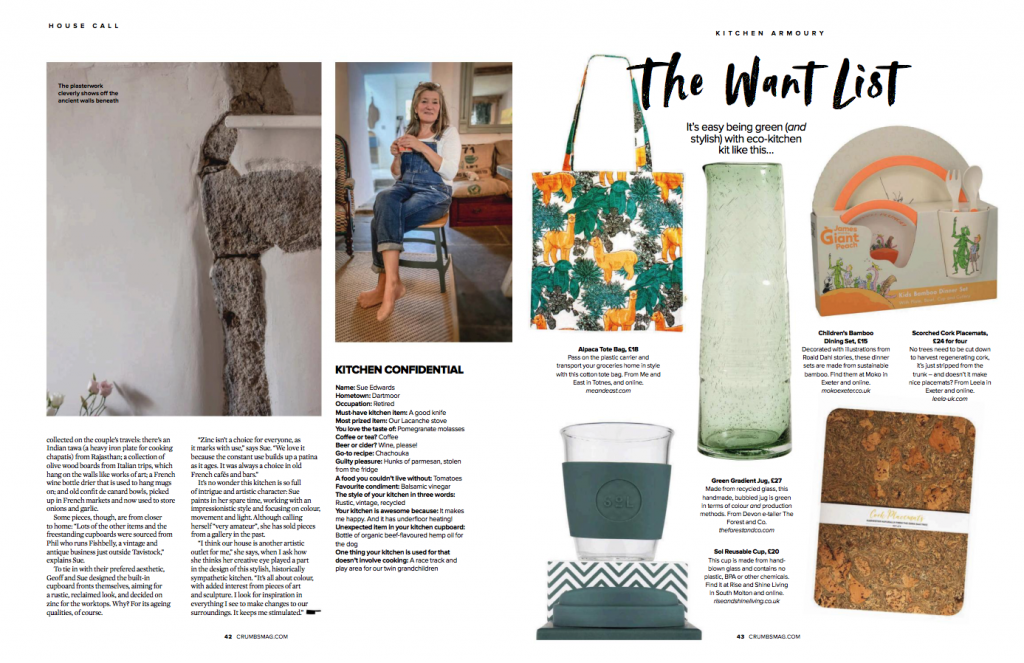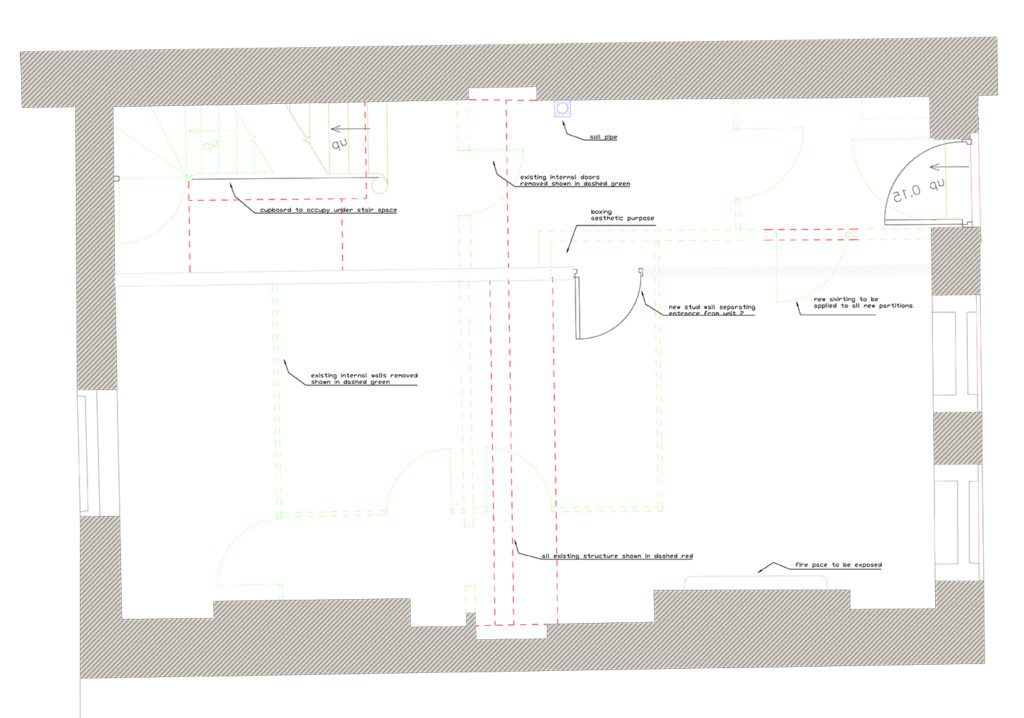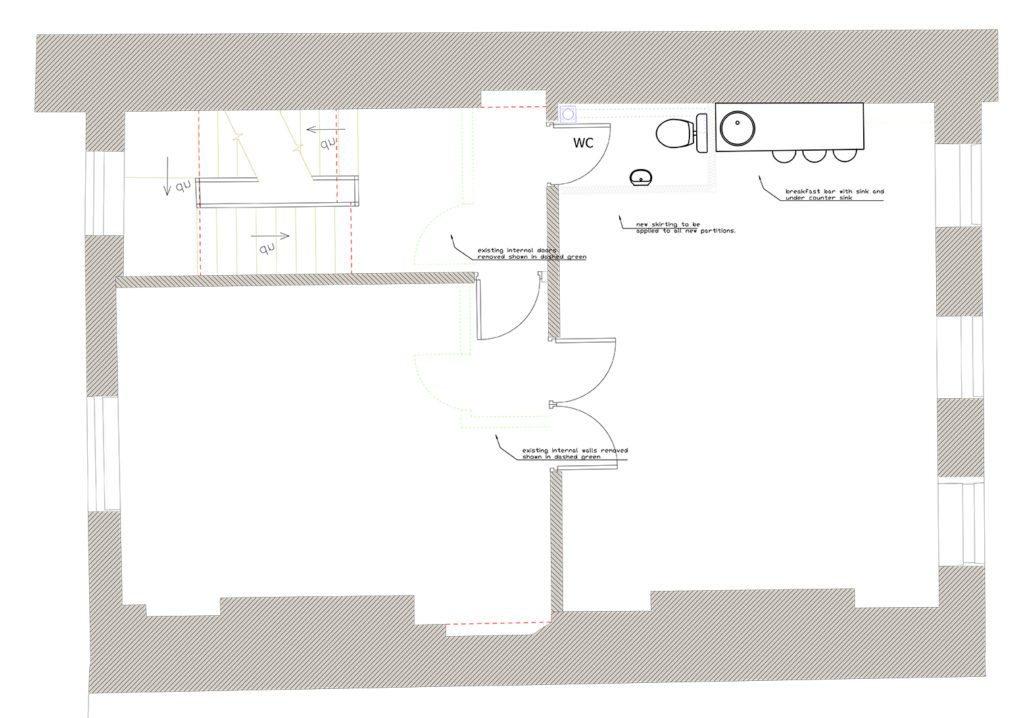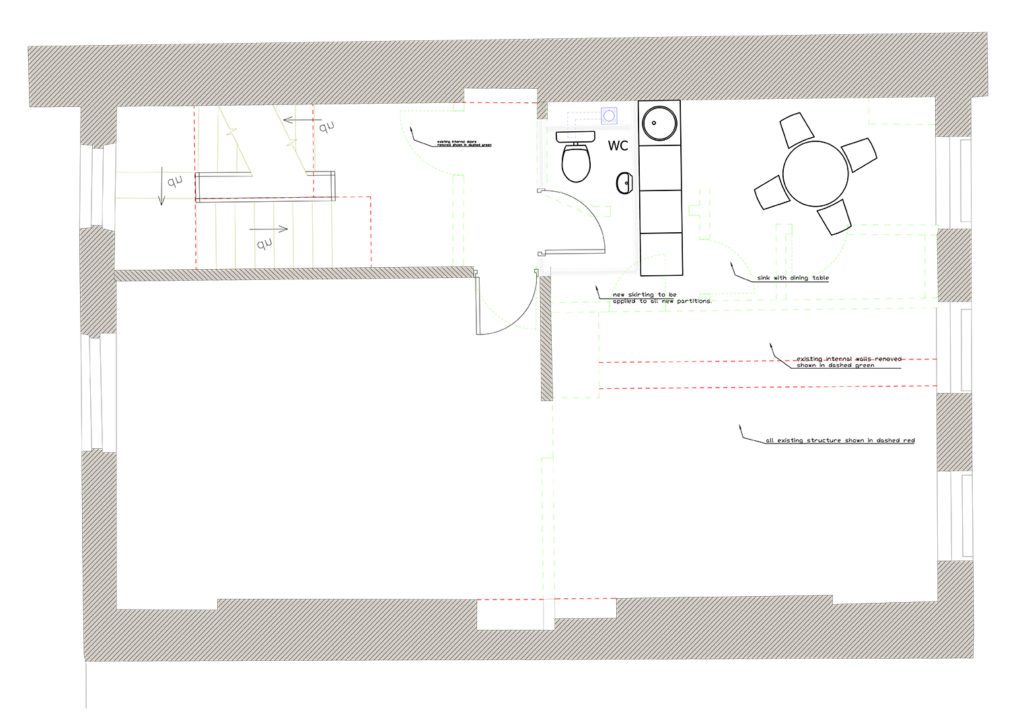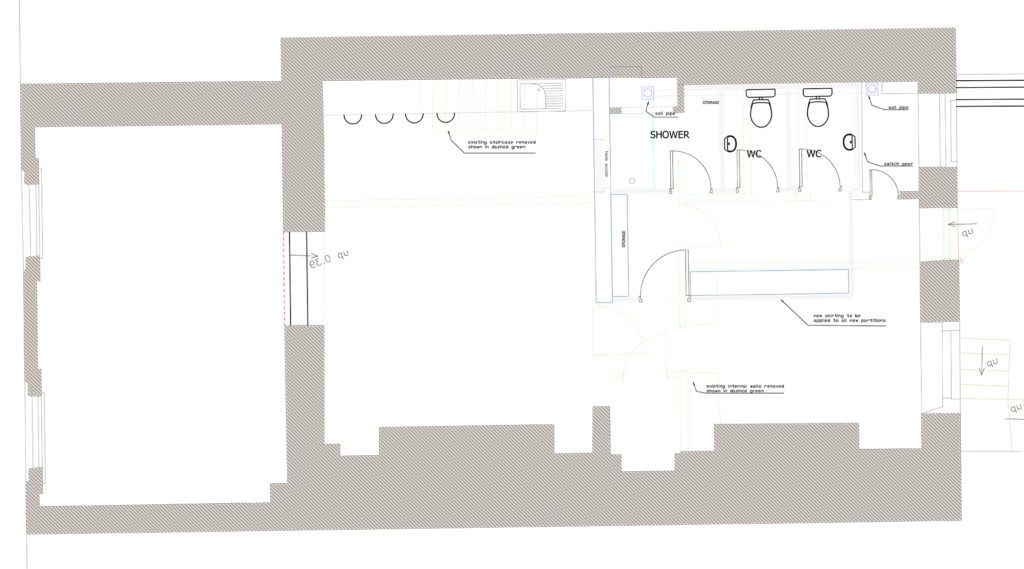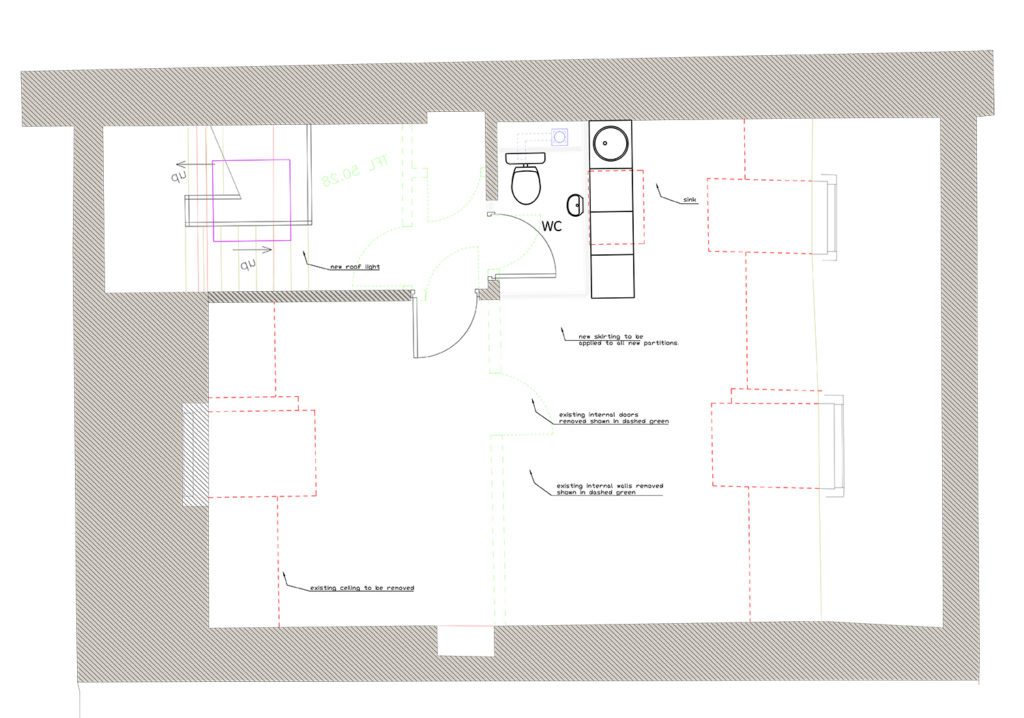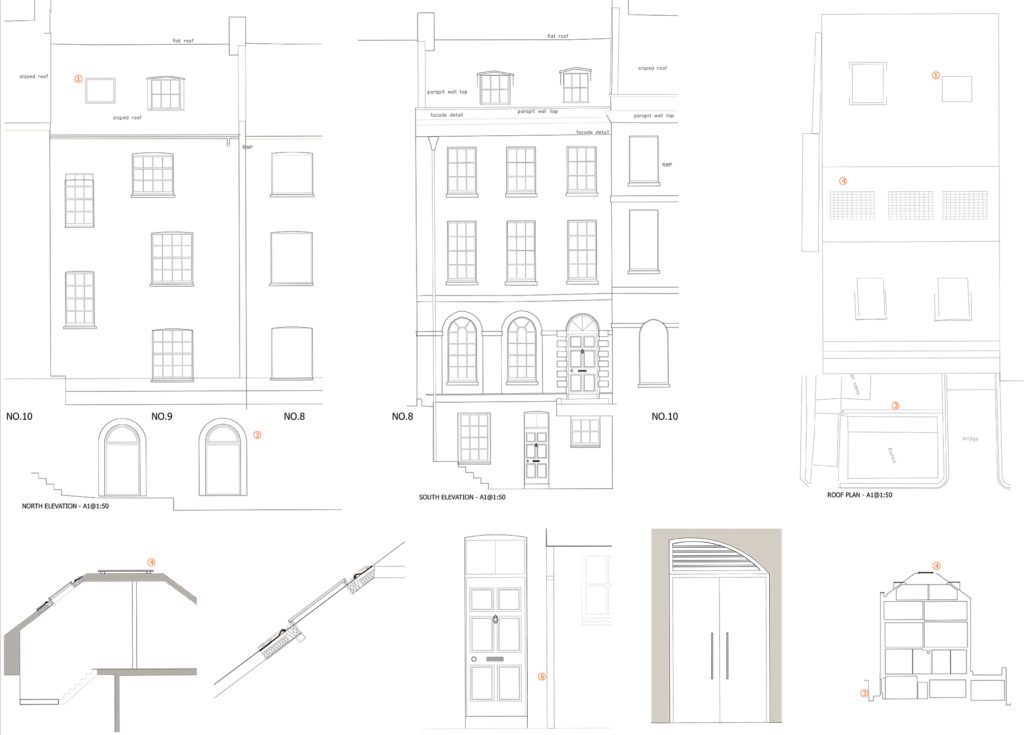Archive for year: 2019
Making historic buildings energy efficient – Heating and Insulation
Old v. New Heating Strategies
Older buildings were constructed as a cellular arrangement of rooms that would be individually heated as and when they were being used. In comparison, modern heating strategies use electronic controls to tailor the heating in the house to your exact preference. It is also important to consider the difference in building materials used in the construction of old buildings compared to the present day. These materials may not necessarily be compatible to use together, for example, the very hard material of concrete may damage the softer materials of the older building.

The older houses were built with the principles of using traditional methods of retaining heat, for example:
- Closing heavy curtains
- Shutting internal doors
- Closing shutters at night
- Utilising the thermal mass of the structure to retain heat from fires and slowly release it over a longer period of time
Nowadays houses are built with heating features such as insulation, electronic heating system and waterproof cladding.
Insulating historic buildings
The insulation of historic buildings is one of the most important aspects to consider when upgrading the infrastructure of an old building. Traditionally, older buildings have solid walls, whereas newer buildings tend to have cavity walls
A cavity wall is a wall formed of 2 separate walls (usually brick and block) with a space between them. Insulation is fitted in the space between them meaning there is one “wet” wall, on the outside of the building, and one “dry” wall on the inside of the building.
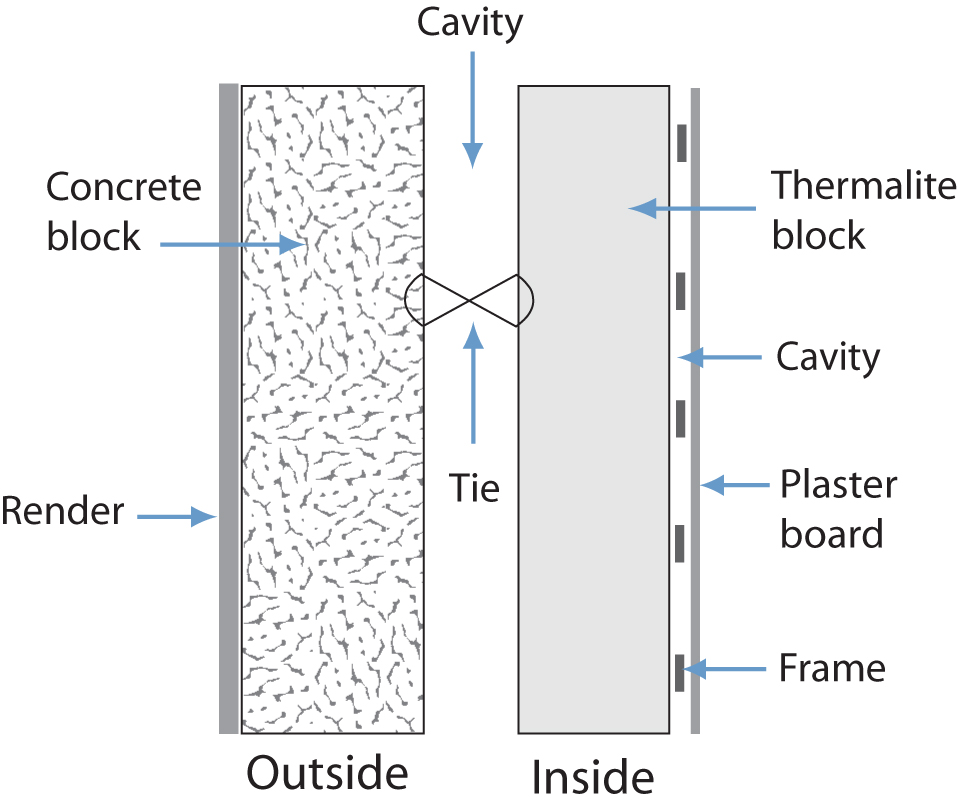
Older buildings don’t have this cavity insulation, the walls allow a degree of moisture penetration into their structure but avoid damp problems due to the breathable nature of the materials used, for example renders based on lime, earth or clay and finishes such as lime wash. These materials absorb water, but also allow for easy evaporation.
Therefore, using modern construction methods such as cement-based materials, ‘plastic’ paints and waterproof sealants will not be effective on an older building and could damage the walls of the property.
Natural insulation materials tend to be much more breathable than synthetic materials and therefore will be more effective and less damaging to use on an older building. They act as moisture buffers and tend to “breathe” with the original walls of the building. Examples of these natural materials include wood fibre, hemp, sheep’s wool, cellulose, aerogel, calcium silicate and many more.
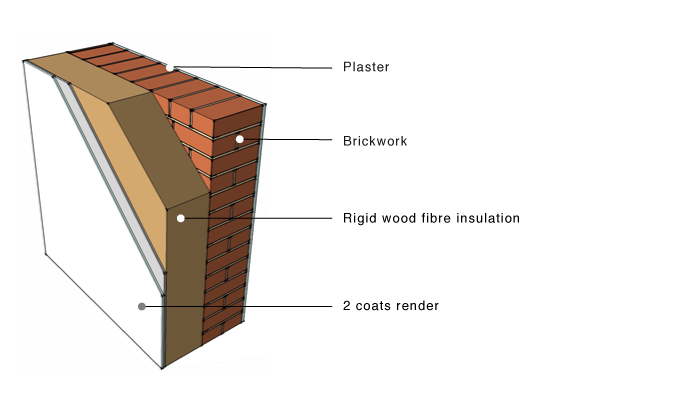
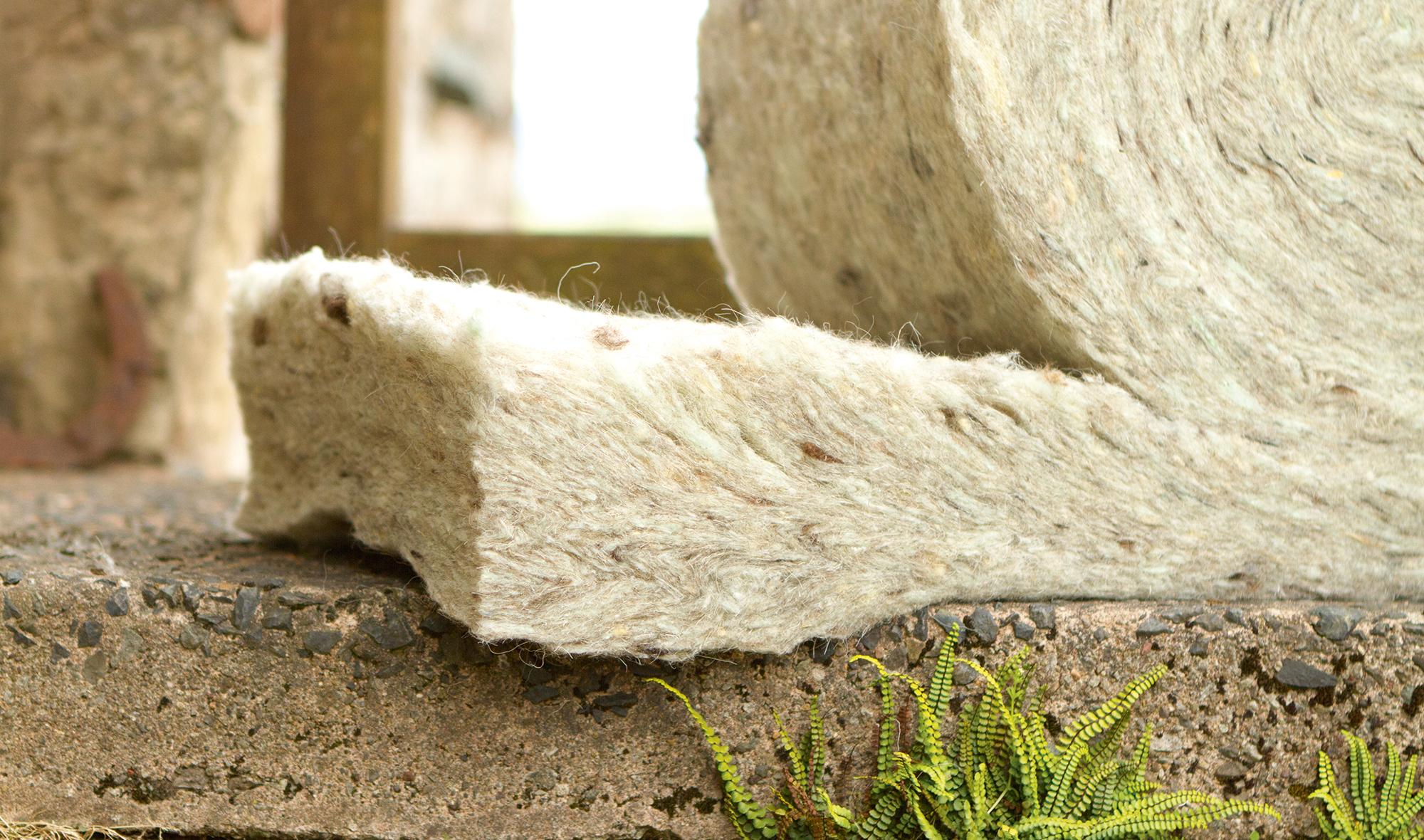
Sheep’s wool insulation
These materials will also have excellent sustainable properties, such as:
- Low embodied carbon
- They improve indoor air quality
- They are easy to recycle at the end of their life
Tips to make your building more energy efficient
When making historic buildings more energy efficient there are some simple things that you can do to begin with, that a relatively inexpensive and are less likely to cause problems with the structure of the building itself.
- Fit draught excluders to letterboxes and outside doors
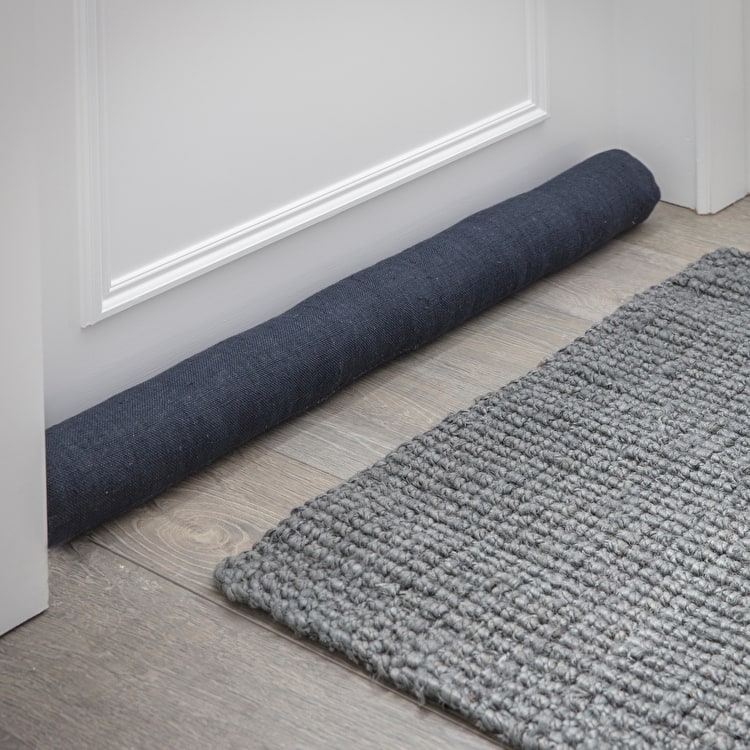
- Invest in heavier curtains
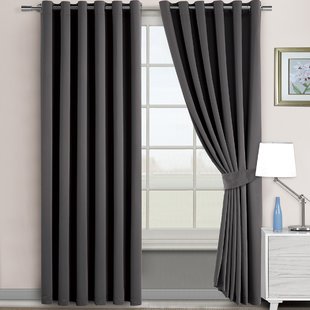
- Ensure that radiators aren’t blocked by furniture
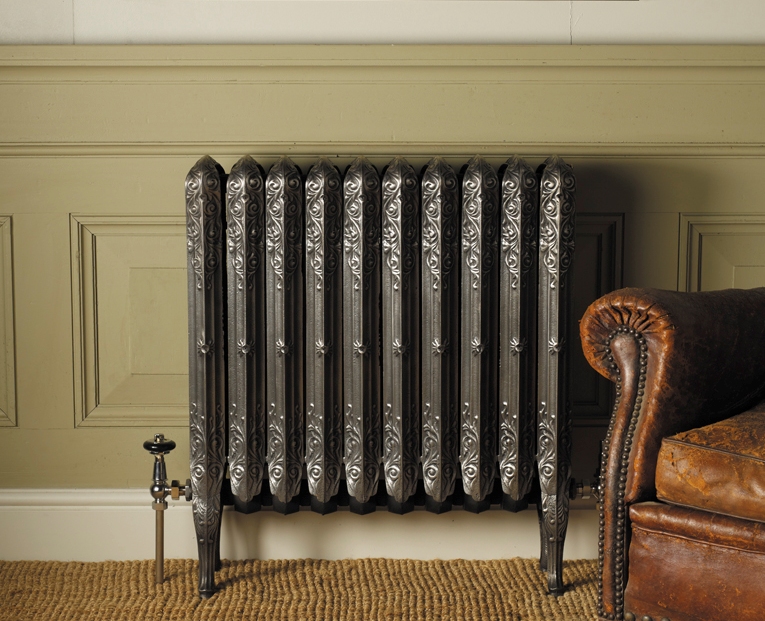
- Mend any broken windows
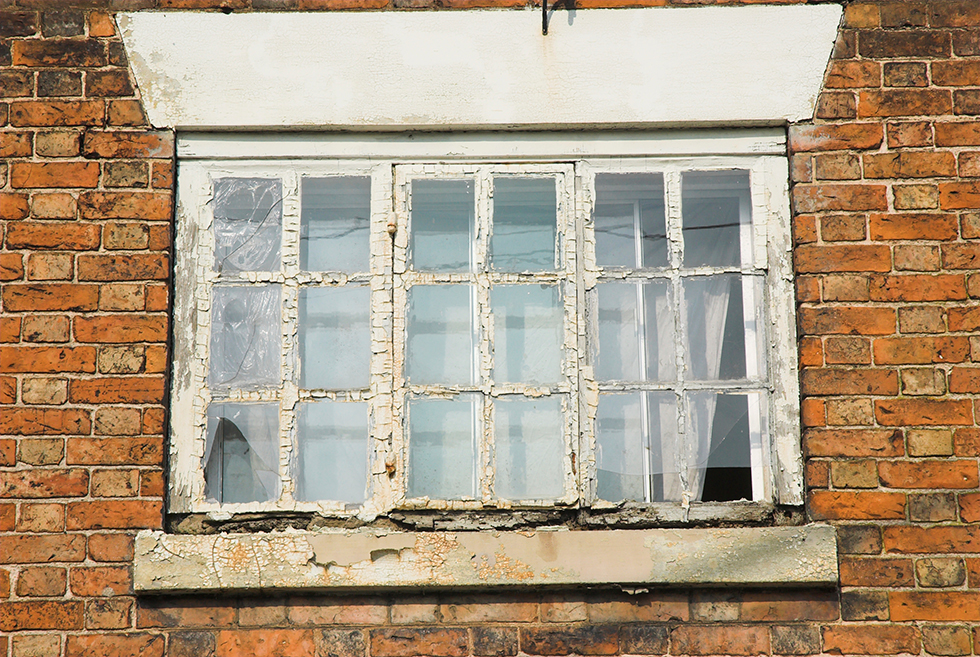
- Fill in any gaps in wooden panelling
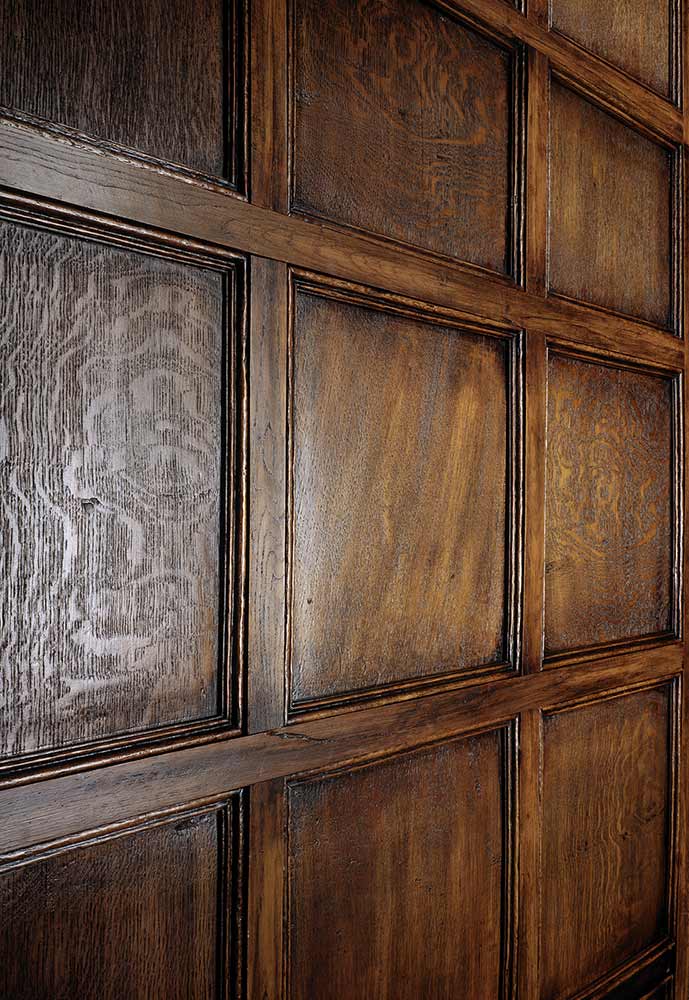
- Get LED lights fitted

- Clear out the gutters and the drains (these make the walls cold!)
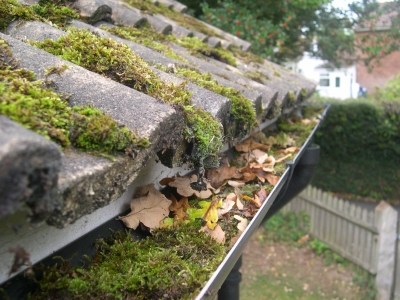
More expensive methods that would be the next step up from this would be:
- Installing programmable thermostats
- Make sure all the heating and hot water pipes are well insulated
- Wood burning stoves fuel much more efficiently than open fires and cause fewer draughts
Heritage project win following appeal: Upton Hellions, Mid Devon
Our proposals for work on a barn on the site of a Grade II* Listed Building have been granted planning permission following an appeal!
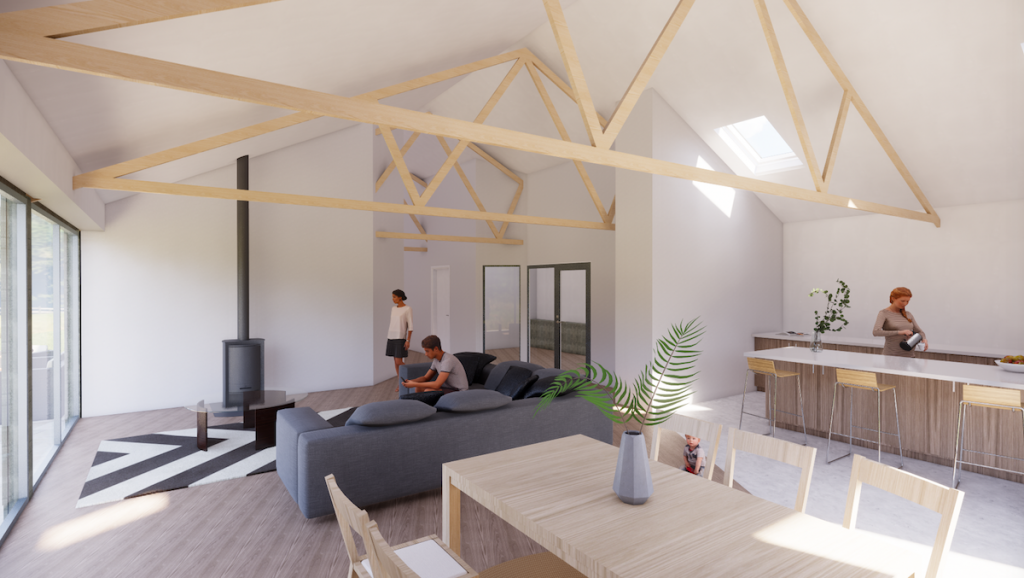
This project in Upton Hellions, Mid Devon combines a historically-significant site with a Class Q barn conversion, which has resulted in a project perfectly suited to our experienced team at Living Space, who have an 100% success rate in gaining planning permission for barn conversions.
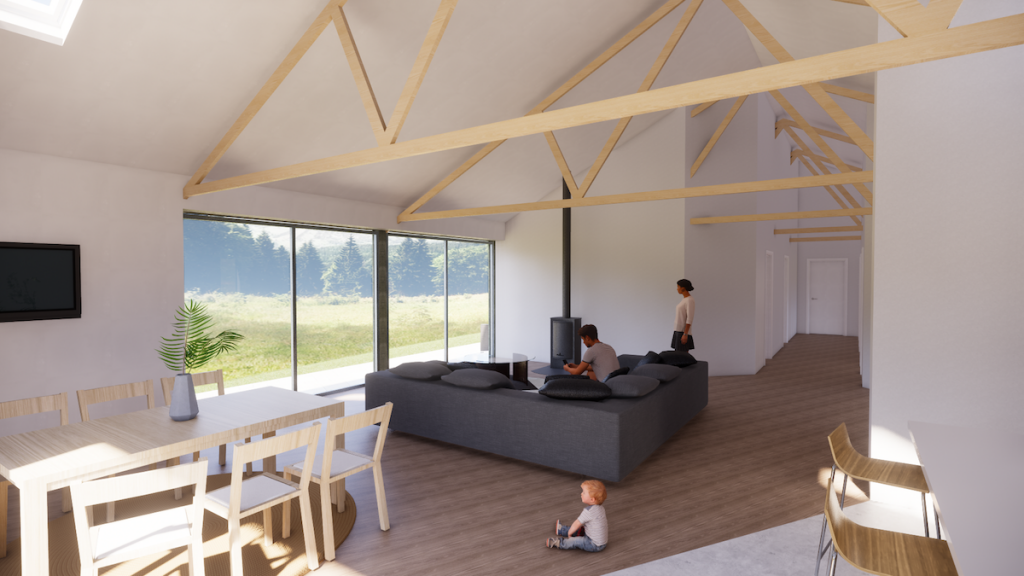
The historical setting: Upton Hellions Barton
Hellions Barton is a Grade II* listed building which was originally a 16th-century gentleman’s home, but was converted into a farmhouse in more recent times. The barn we are transforming lies on the same land as this residence, and as such is significant due to its situation within the wider setting of the listed building.
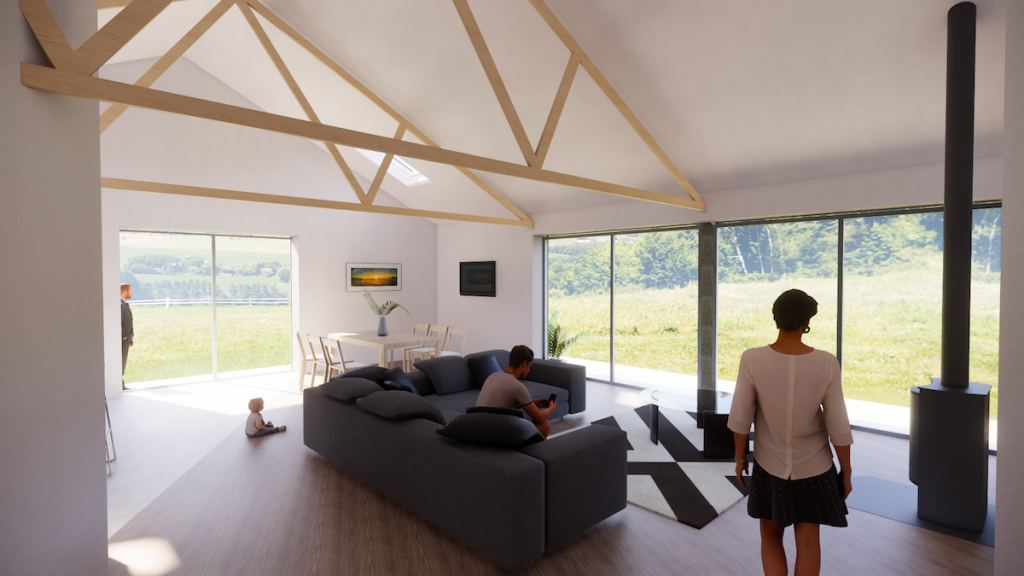
Our plans propose the conversion of the barn attached to Hellions Barton from agricultural to domestic use. We achieved permission for this through applying for permission as a Class Q conversion, and then submitted an appeal after our application was ruled invalid.
The barn in question
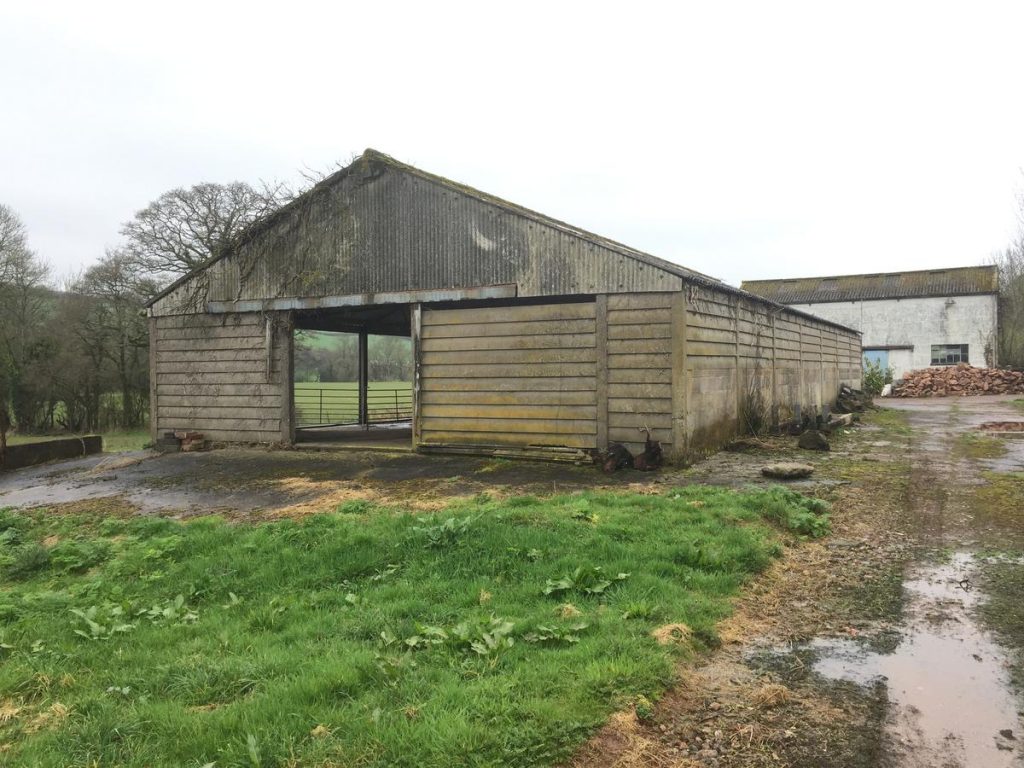
By its very nature, Class Q permitted development does not involve any alterations to the structure of the building itself, or its form – the main changes are therefore linked to the fact that the barn will now be used as a residence. While the barn is on the site of a listed building, it is only considered to be within the wider setting of it, and therefore changes to it pose a low level of impact on the character of the area.
Gaining planning permission
Class Q planning permission is a hard-won trophy, especially when a listed building is involved, and this project was no exception. Having gone to appeal after our initial planning application was declined, we were able to gain consent through demonstrating that conversion of the barn would not negatively impact on the setting of the historic building. We are delighted that our designs, which respect the site and the historic relationship between the barn and house, have proved acceptable!
Watch this space for progress on site at Upton Hellions!
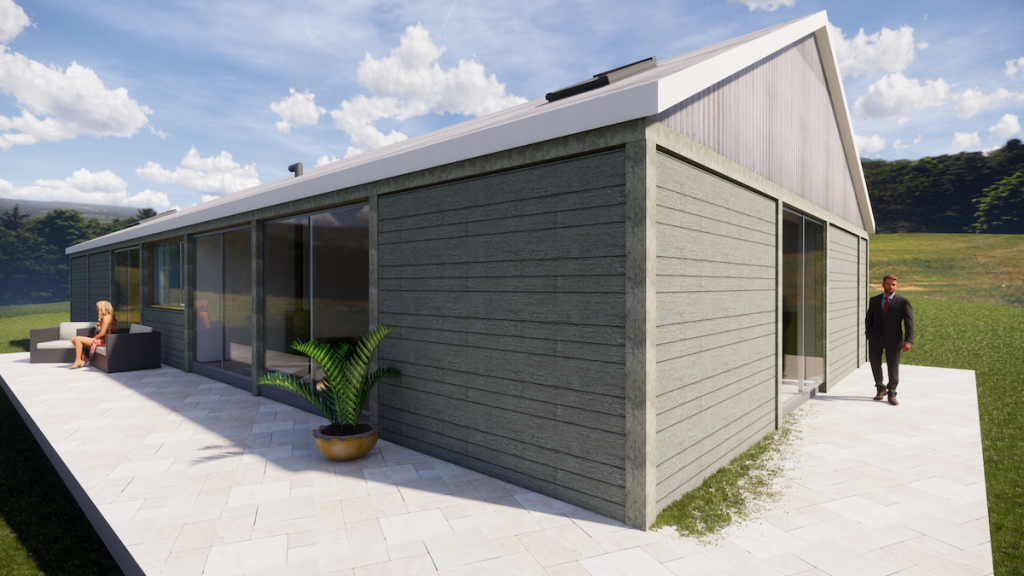
Looking to gain Class Q planning permission? You can find more articles on our blog:
- Our top ten tips for gaining Class Q consent
- Create your dream home: Class Q barn conversions
- How to get permission for a barn conversion
We would love to hear about your barn conversion project – get in touch!
Addressing Sustainability in Old Buildings
Incorporating environmental and sustainability measures into buildings is an essential part of good design and allows new construction to refresh old and so that buildings will stand the test of time.
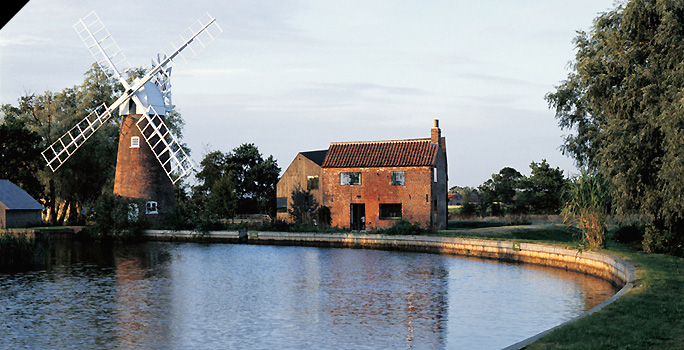
Hunsett Mill is located in the heart of the Norfolk Broads, a man-made wetland sustained through human intervention and the building of water-pumping mills, dykes and canals. It is an example of an older building that become redundant due to the introduction of electric pumps.
Here are some examples of how the site become more sustainable:
- Construction of a new embankment at the back of the site has returned the nearby forest and grassland to pre-industrial marshland conditions
- Indigenous plants were placed in the garden to enhance the local ecology
- Site damage during the construction of the new extension was mitigated through careful design and material choices that reduced the amount of heavy machinery that was required
The nature of older buildings means they are already sustainable in their own right. For example, the materials they are made of are often locally sourced and produced and can be easily recycled or re-used at the end of their life.
Another example of where sustainability can be incorporated into older buildings is the additions of green, or living roofs.
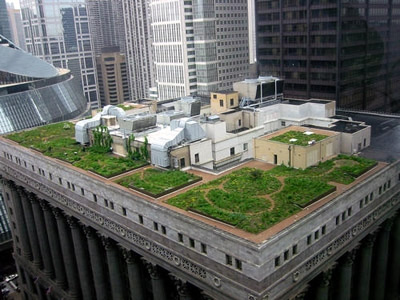
A green roof is a system that uses vegetation as the finish of the roof covering instead of just the weathering materials.
What are the benefits of a green roof?
- Helps to reduce the water run-off from buildings
- Filters pollutants
- Increases biodiversity and provides a habitat for wildlife
- Improves thermal and acoustic insulation
- Helps the building blend in with the surroundings
A great example of one of our past projects incorporating a living roof is Dunsford House, pictured below. The roof line was designed to mirror the angle of the sloping ground. The NatureMat was particularly suited to low pitched and curved roofs and restored the green natural environment with a composite vegetated mat with a 90% mature plant cover comprising 6- 8 species.
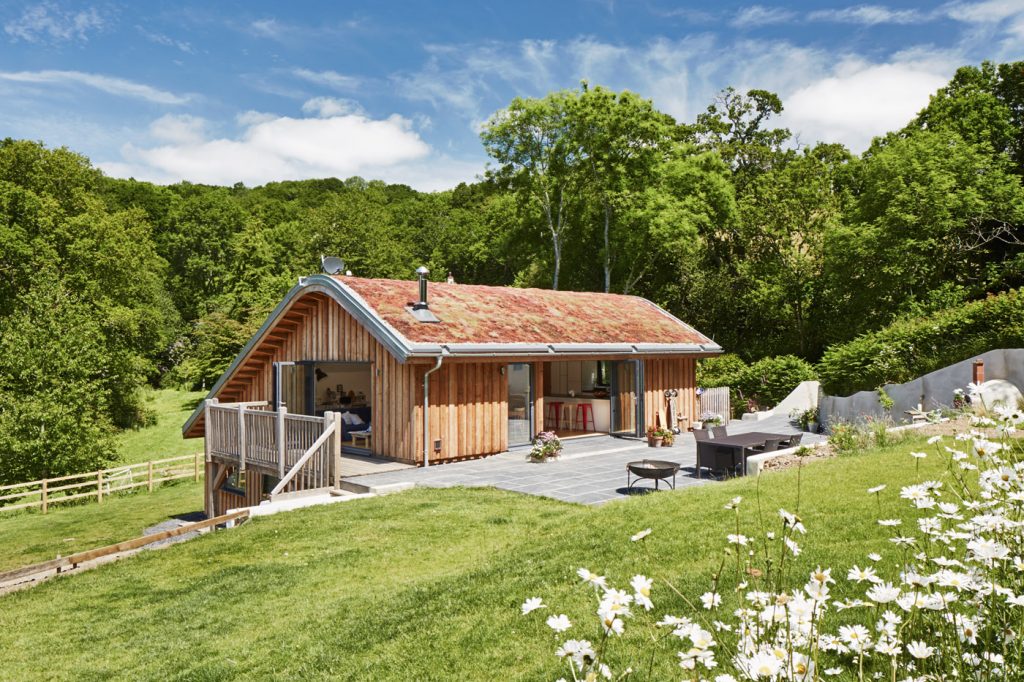
Photographer Joakim Borén
We think that Roger Hunt summarises incorporating sustainability into old buildings rather well – “To make our old buildings sustainable, compromises are inevitable but we can’t simply wrap them in thermally efficient, airtight membranes and ‘duvets’ of insulation and hope for the best.” It is important to come up with effective solutions to slightly challenging problems so that old buildings can be enjoyed for many generations.
The Economics of Building
“How much is my build going to cost?” – an extremely common question we get asked all the time. In this article, we hope to give some hints and tips as to what kind of ball park figures you could be looking at for your build.
We found this really great infographic from Self-build Insurance, that gives some of the facts and figures of building your own home.
However, it is important to consider that these figures will likely change according to location and the type of build you are envisioning.
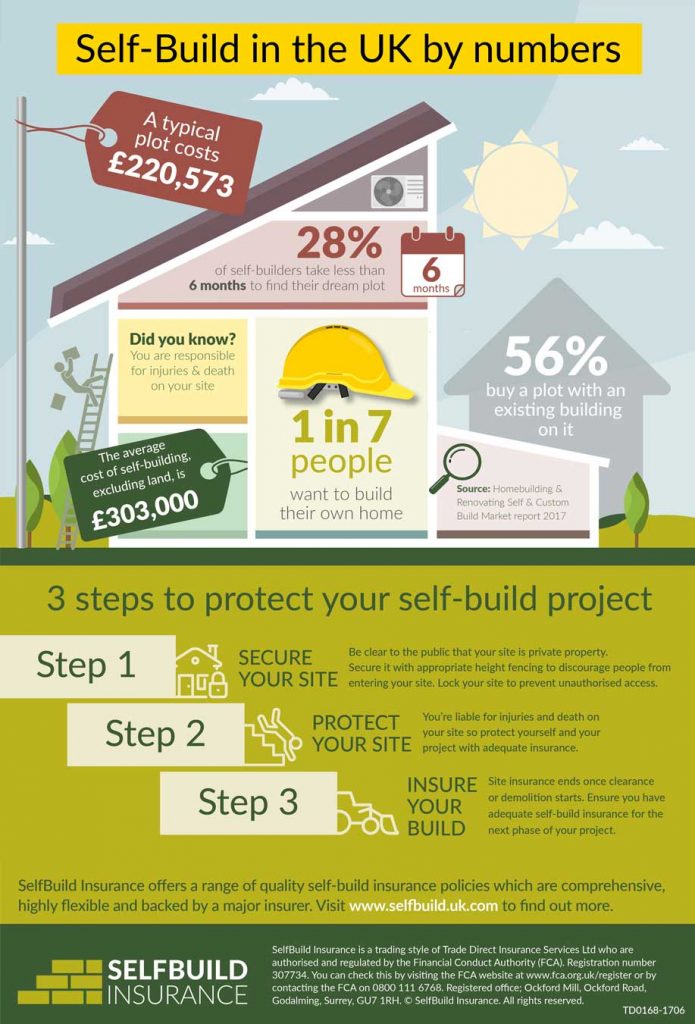
Here are some links to building cost calculators, that may give you a better idea of how much your specific build will cost. These figures are not our estimates but will give you a very rough idea if you are in the dark about spending.
Grand Designs – Build Cost Calculator
Finished and flourishing: our barn conversion in Chagford
We are thrilled with the bright, characterful and attractive home that has been created through our conversion of a barn in the historic market town of Chagford.
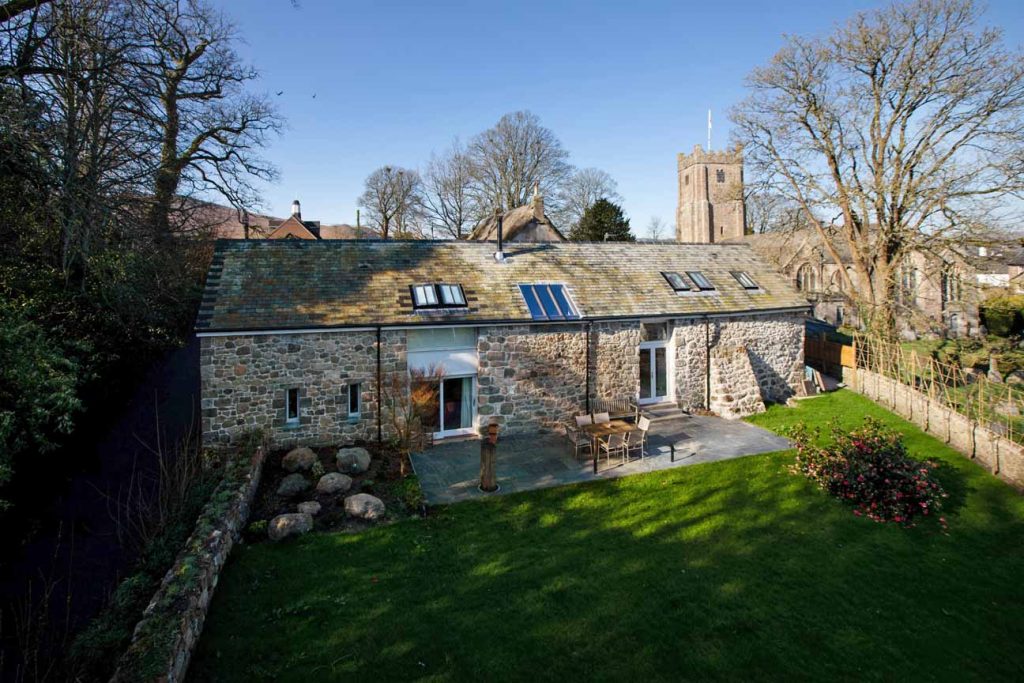
The brief
Our clients came to us seeking architects who would bring a contemporary approach and modern style in the barn’s internal refurbishment. Whilst they already had existing planning permission for conversion, our clients wanted to review the design and make a number of changes to it in order to improve the main space as an open-plan kitchen, dining and living area.
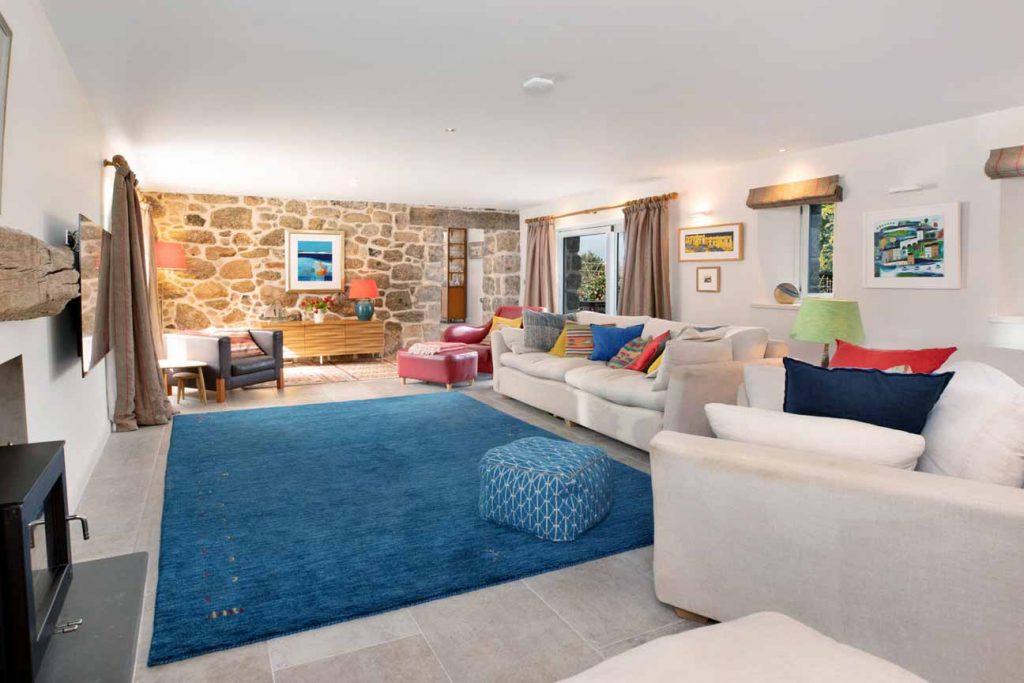
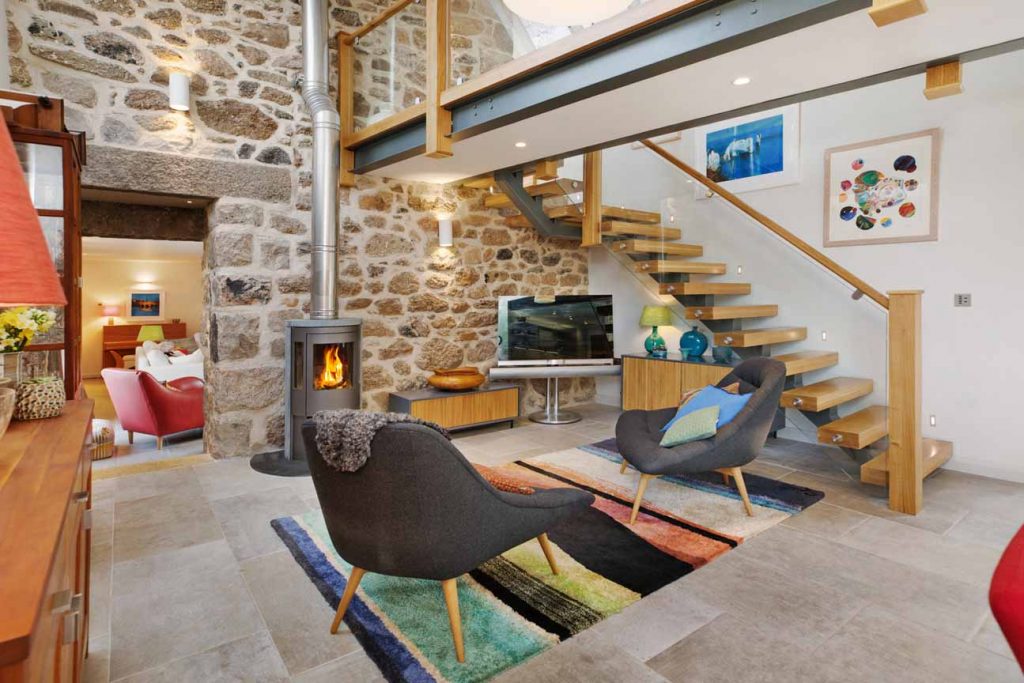
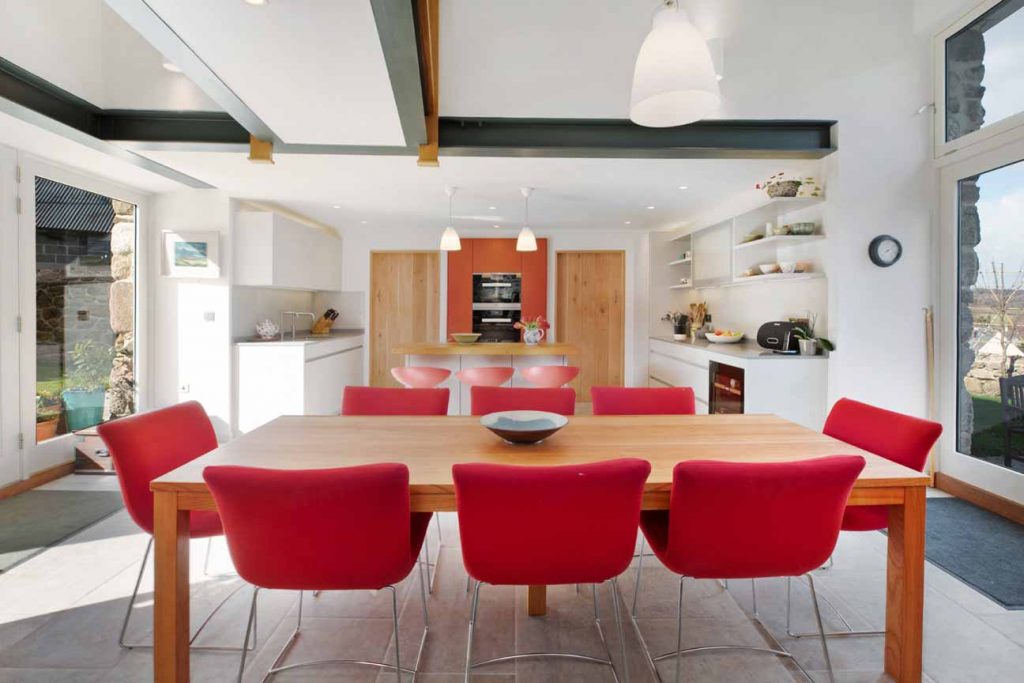
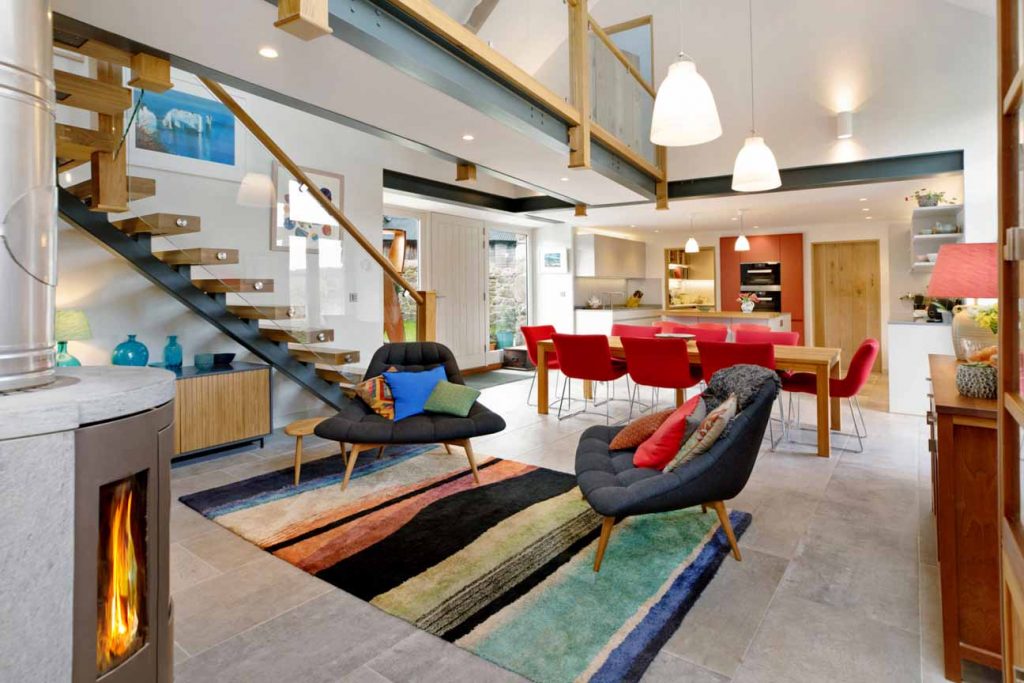
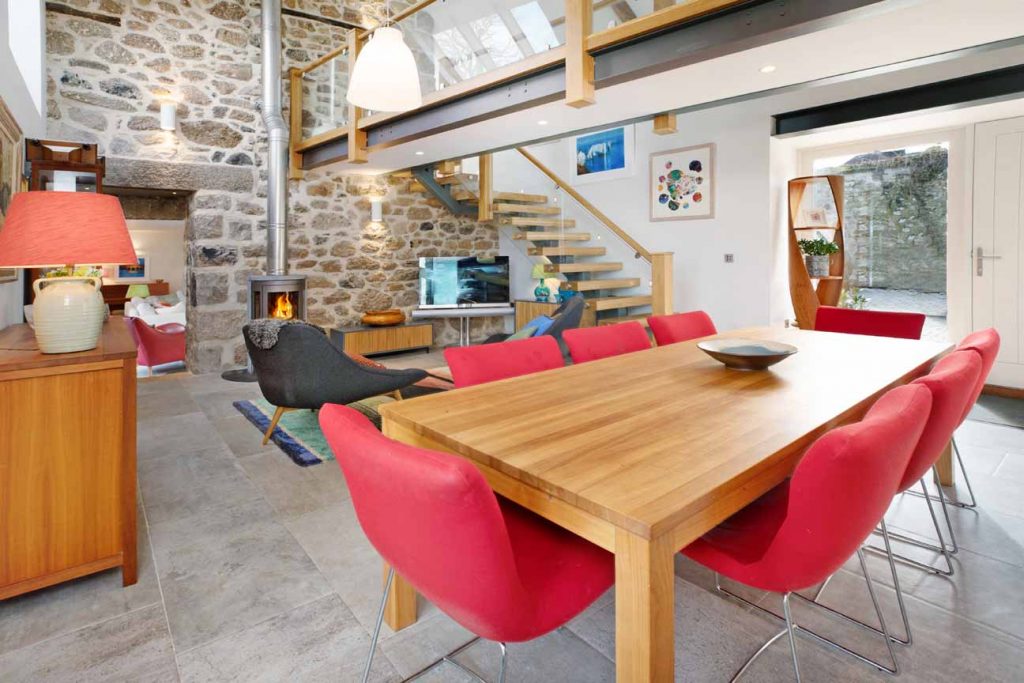
Why a barn conversion?
Barn conversions can provide a unique means of creating a stunning residence in a location that is otherwise impenetrable in terms of development. Obtaining permission for the erection of an entirely new dwelling can encounter obstacles, but barn conversions allow historic structures to be maintained and transformed into homes with character, often in sought-after locations. In this case, the barn and adjoining yard are situated in close proximity to St Michael’s Church, some of which dates from as early as the 13th century.
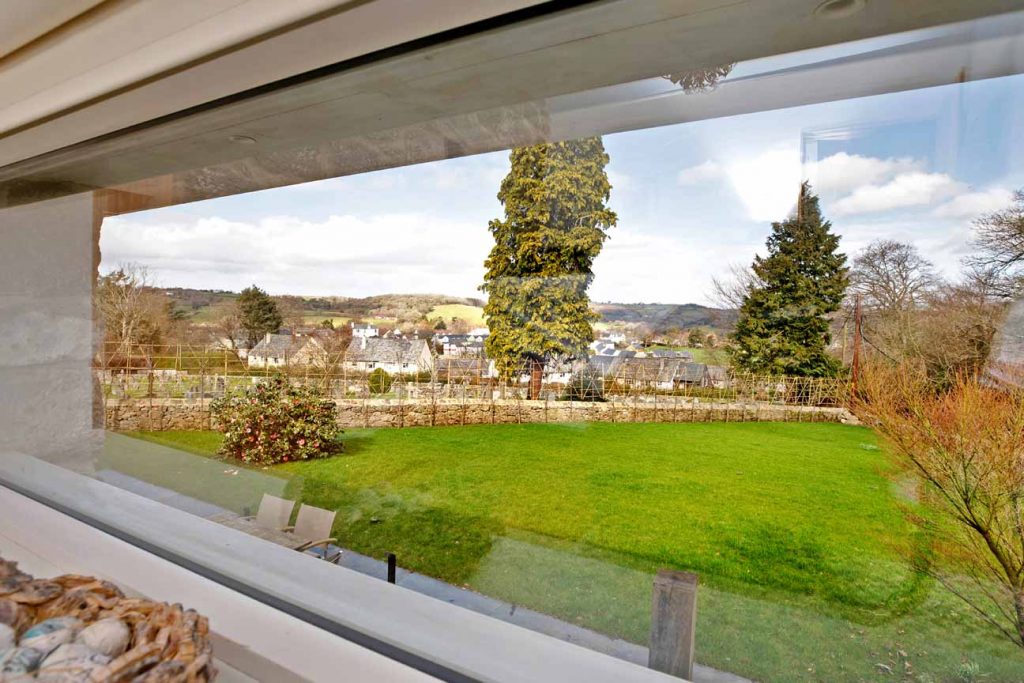
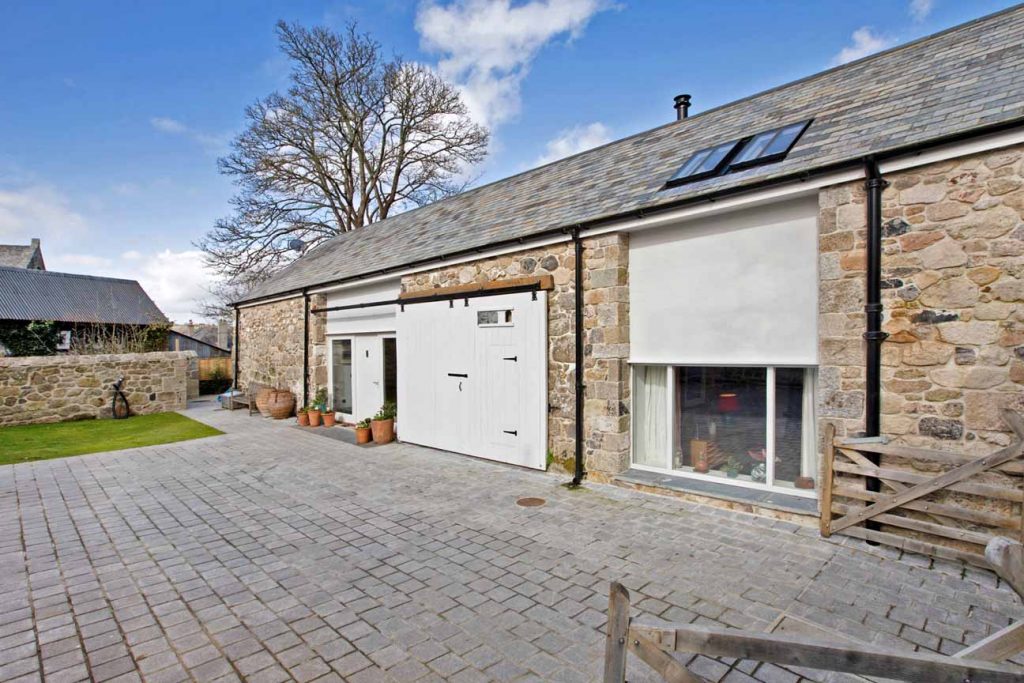
Clean, contemporary finishes are complemented by wood and stone elements throughout the barn.
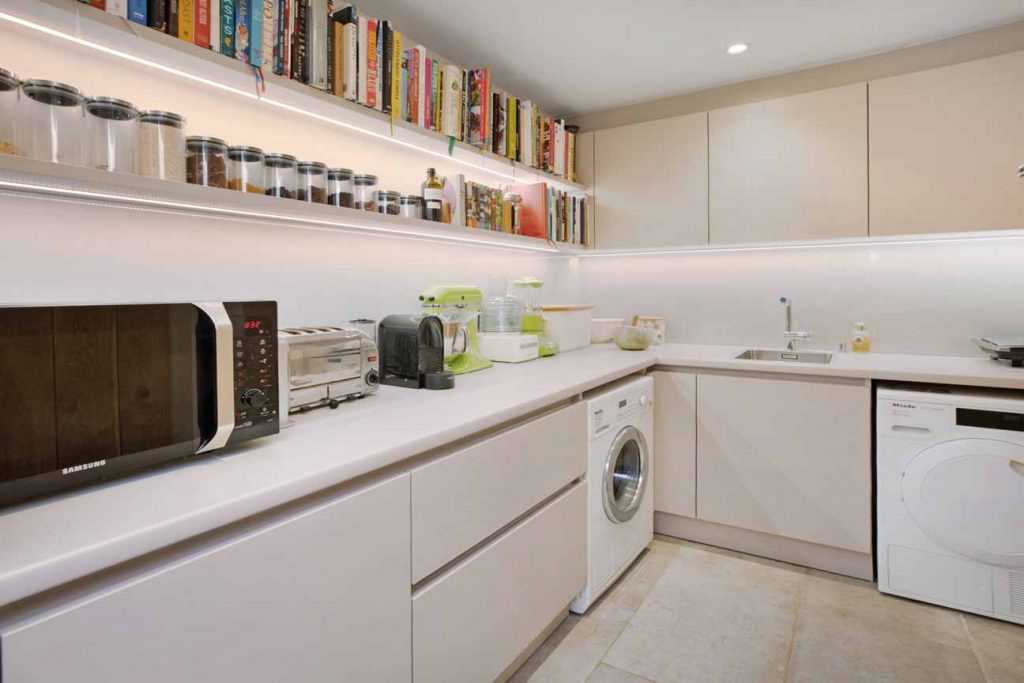
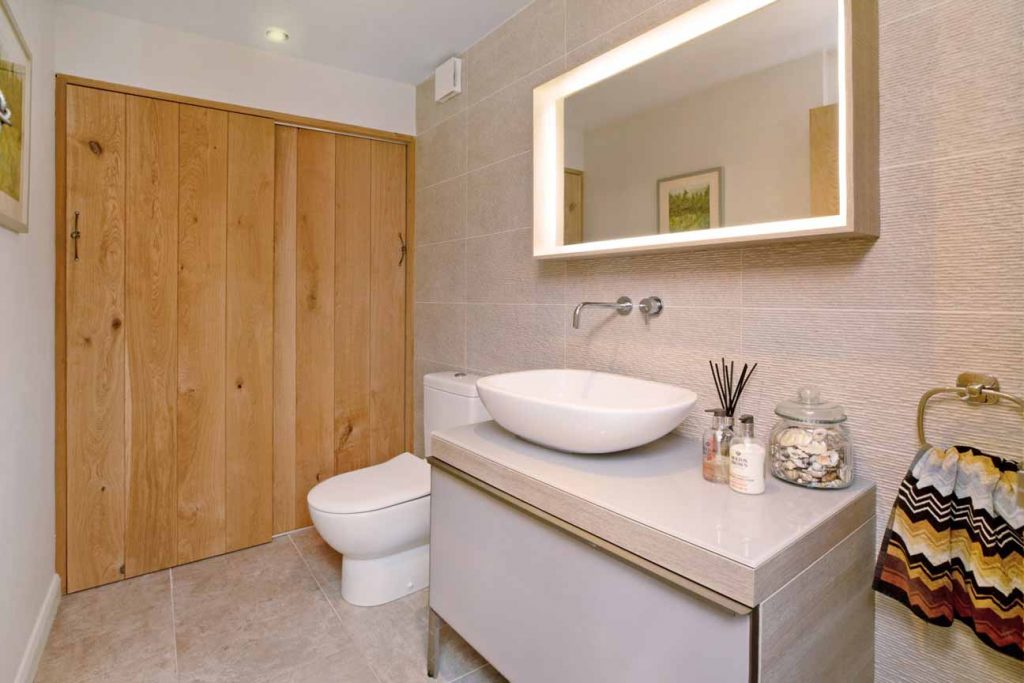
At first floor level, the converted barn has three bedrooms and a suspended walkway that connects the rooms and leads to the staircase.
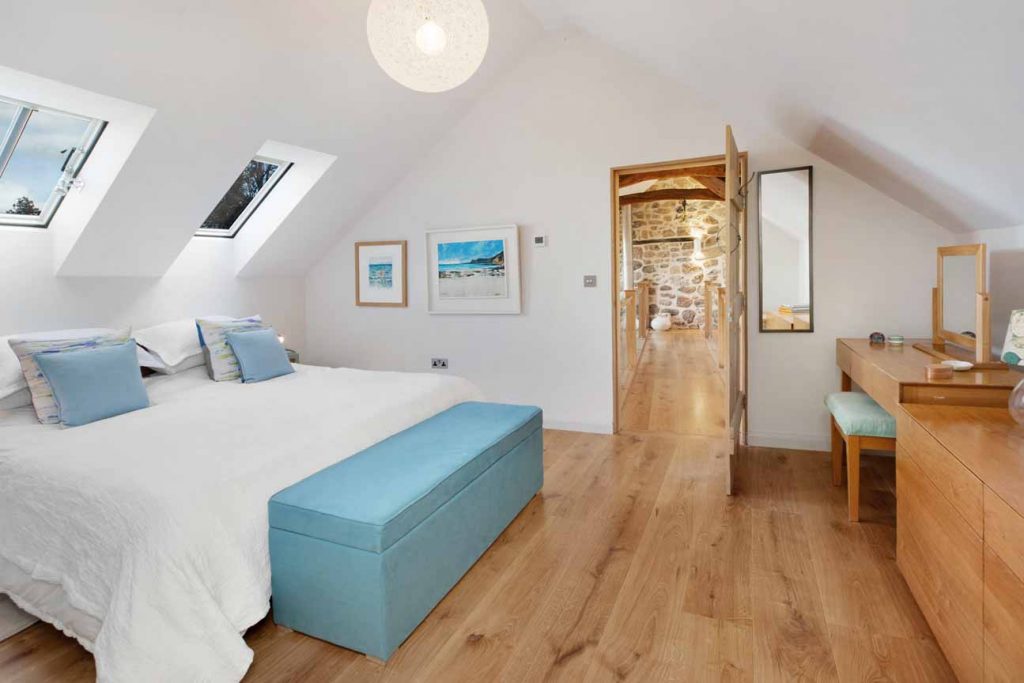
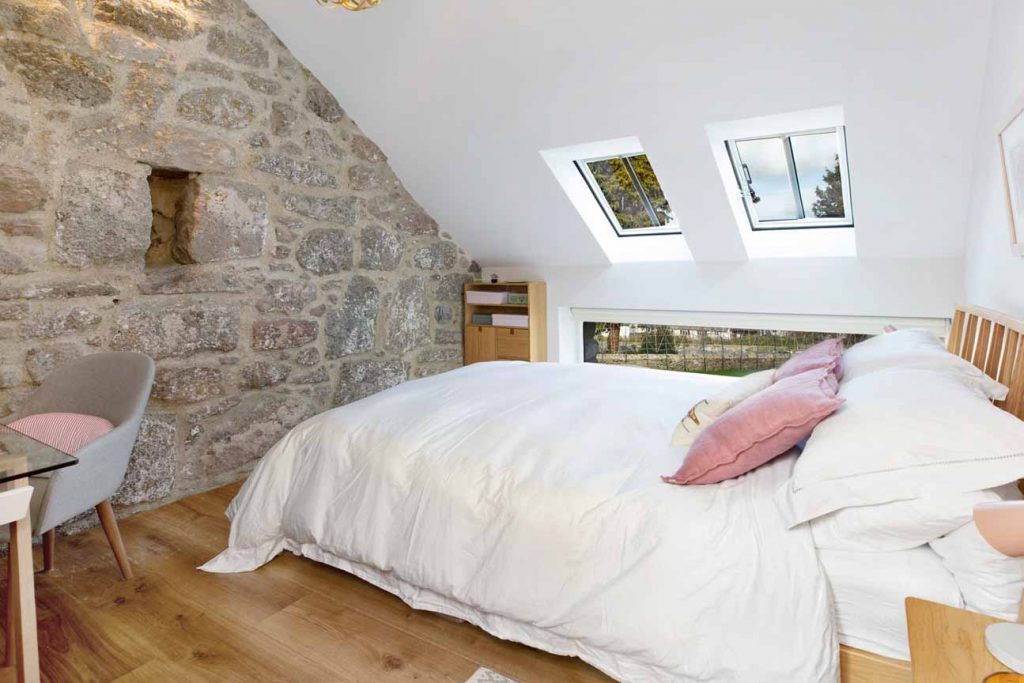
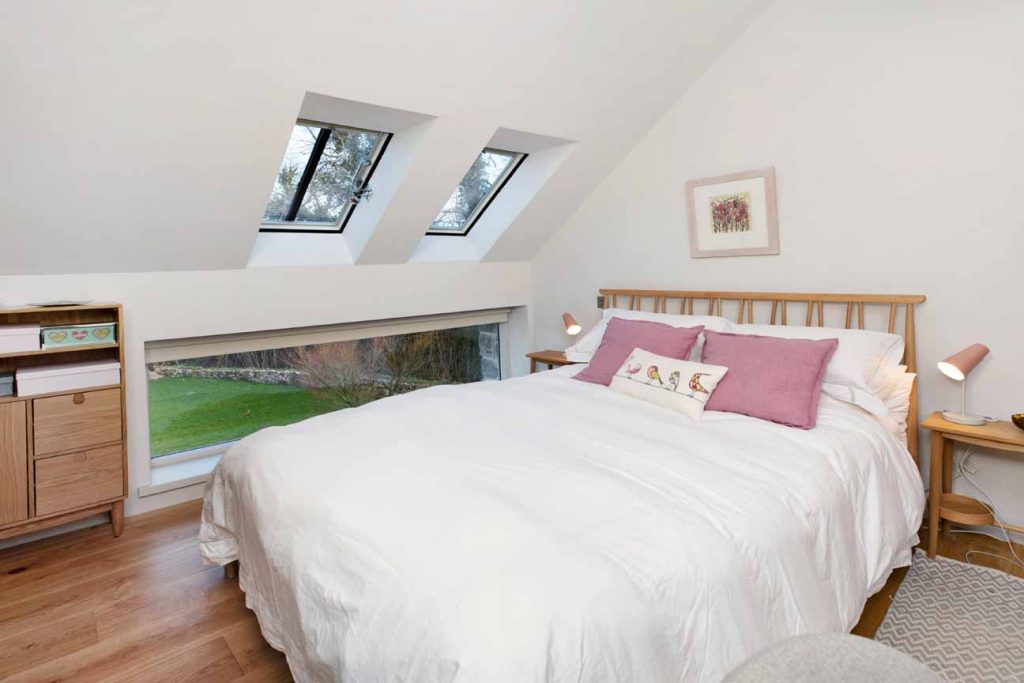
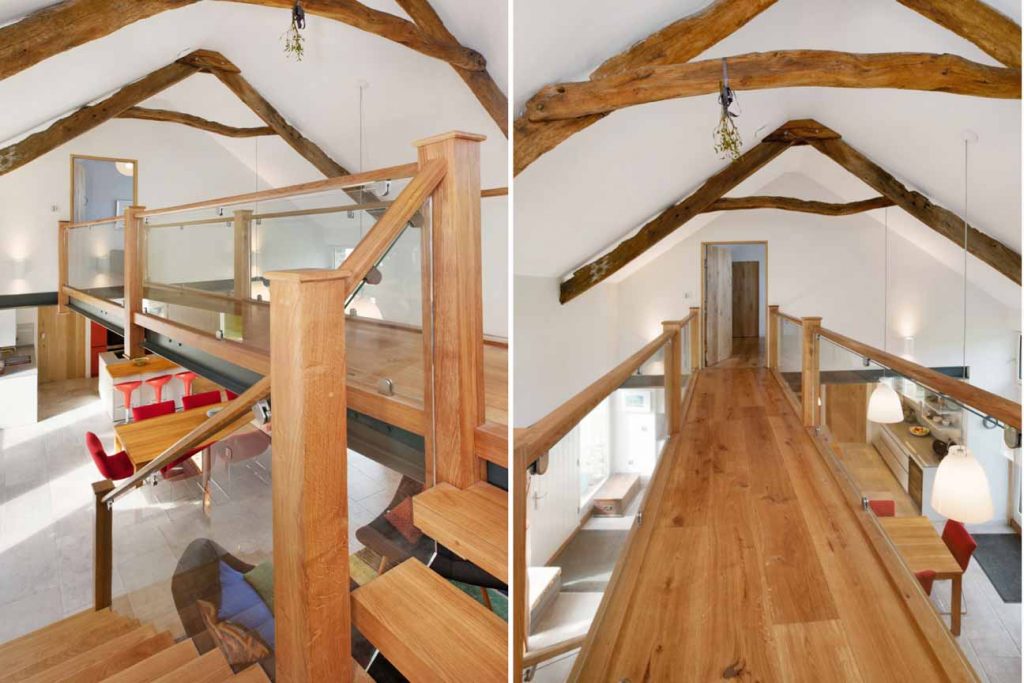
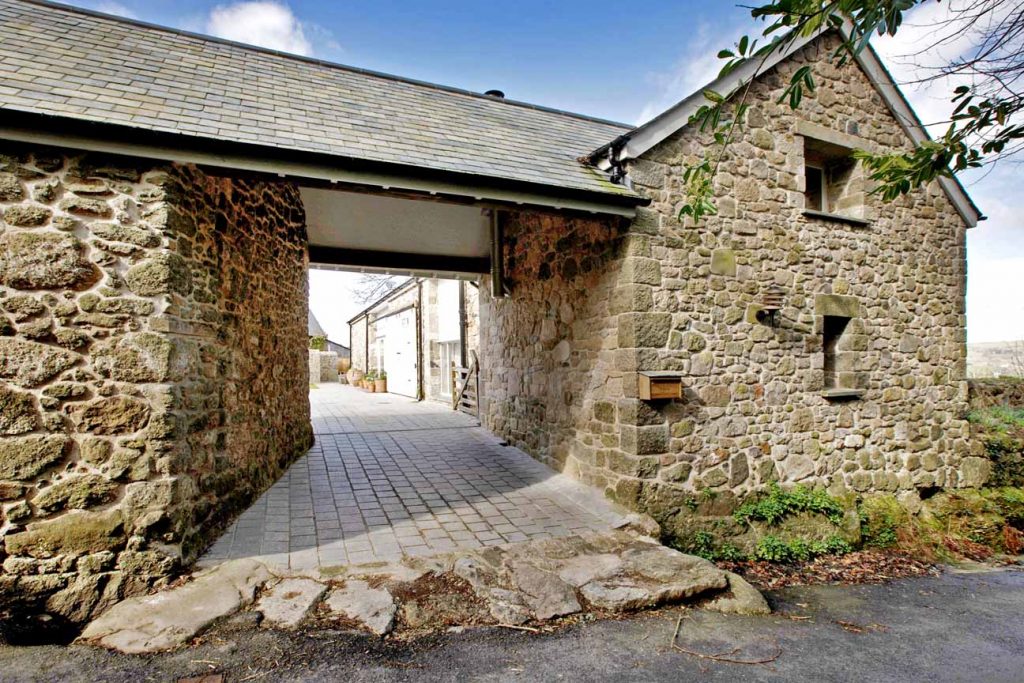
This conversion has provided a space in which the barn’s historic agricultural use has been worked with in order to create a modern living area that benefits from its special location and rustic stone finish.
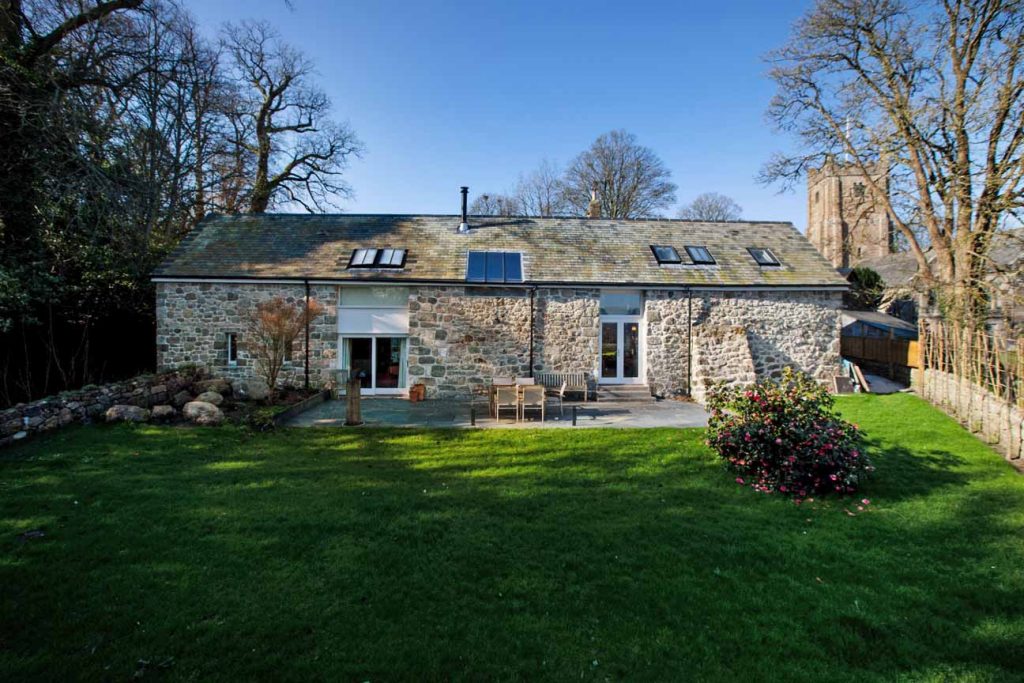
Two are better than one: the curious case of Class Q
We have recently gained Class Q approval for the proposed conversion of two barns at a site near Cullompton to residential use. What makes this ruling a particularly good victory is that the two barns’ status as agricultural buildings was up for debate and how these can be converted retaining the structure and cladding in place.
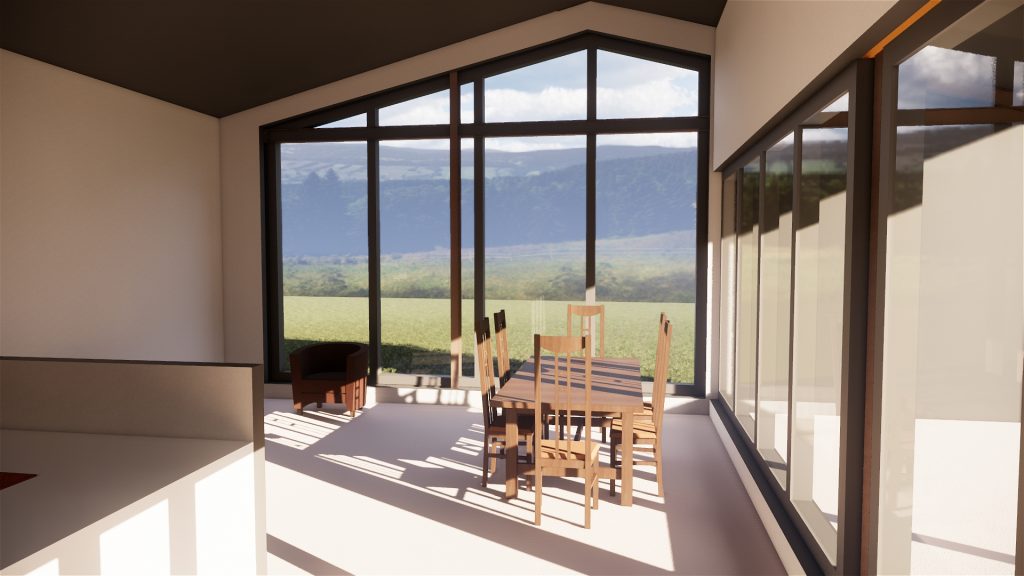
The challenges when submitting a Class Q application is to convincingly demonstrate how the building can be converted and that the use of the building in question is primarily agricultural. Class Q legislation then hold out the possibility for it to be converted to a dwelling.
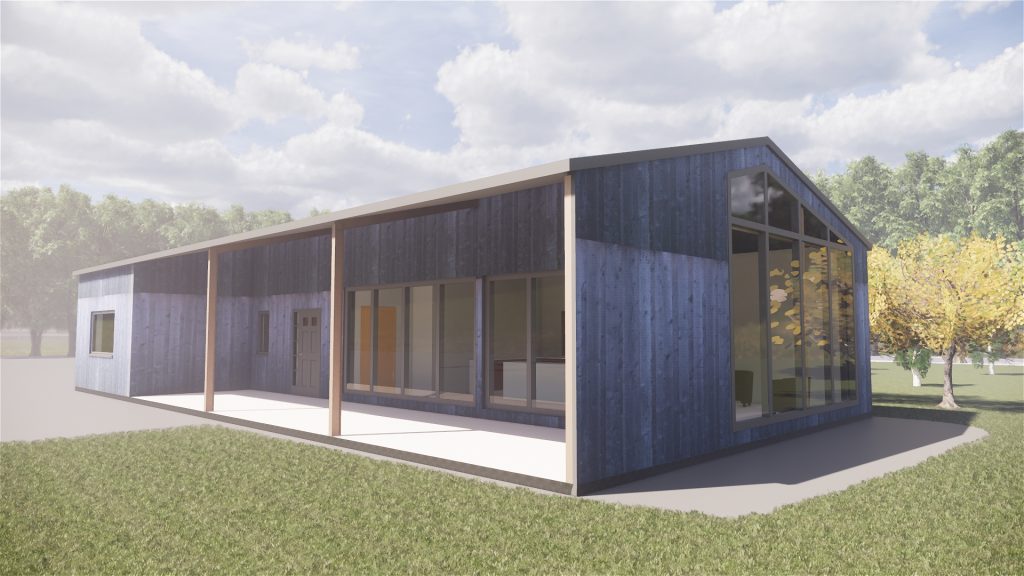
The proposals
We are delighted that the local authority have deemed the conversion as a means of conserving the design and external appearance of the building. The bigger barn will form a spacious three-bedroomed residence, and features a covered reception area on its west elevation, as pictured above. An open-plan kitchen and dining area allow for a bright and light main living space with lots of glass, which allows for a sense of flow with the surrounding countryside. The benefits of creating your dream home in a former barn are perfectly illustrated here with this beautiful setting, large site and a shell in which to a characterful and unique place to live can be constructed.
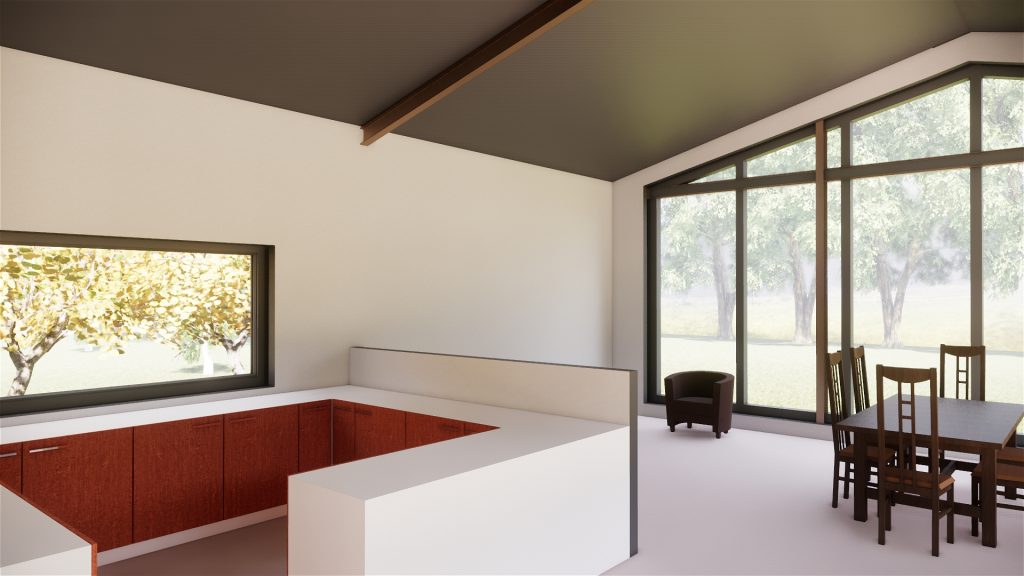
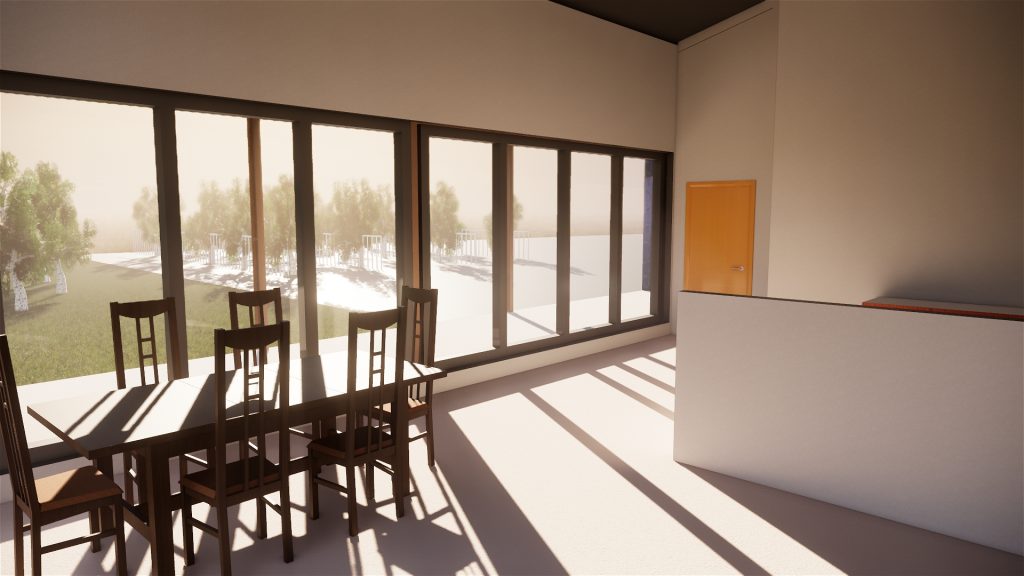
The second barn is not quite as big, and has been used mainly as an office to serve the horticultural business. It is by no means outdone by its neighbour, and has an en-suite bedroom and large dressing room. The front door opens on to a lobby from which you move through into the combined kitchen and living room.
We are looking forward to these new homes being built – stay tuned to see their progress!
Making Historic Buildings Energy Efficient – Combating Mould
Mould – many home-owner’s worst nightmare. We hope that this article will provide you with some tips and tricks to avoid mould forming in historic buildings.
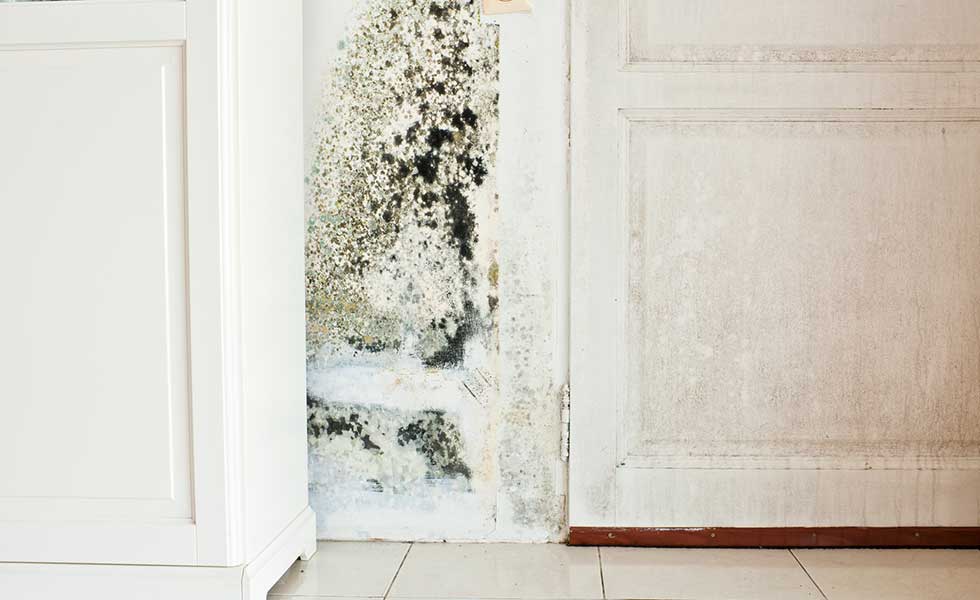
When a wall warms up after a cool night, air contained within its pores expands as it warms and a small proportion moves out of the wall via the connected pores. As the wall cools down the air within contracts and air moves back into the wall from the atmosphere. Air also diffuses through the building fabric, regardless of temperature. So masonry walls ‘breathe’ – out as they warm up, and in as they cool.
Understanding why mould forms in historic buildings, there are 4 main sources of moisture that are likely to affect traditional buildings.
1. Rain
Rain will normally be absorbed into the outer layers of permeable material, and then safely evaporate back out again when the weather changes. Problems may arise, however, if wall heads and other vulnerable areas are less well protected than was originally intended
2. Rising Damp
Traditional buildings can normally cope with this quite well. However, it depends on the balance of the water intake (from rain) and the evaporation of the water. Problems are likely to occur when the ground water level rises or impermeable materials such as cement renders are added.
3. Internal Moisture Vapour
The occupants of the building can generate a considerable amount of moisture through breathing, cooking and washing. This warmer vapour tends to condense on the cold surfaces and create moisture
4. Damaged Services
Water from damaged pipe-work is a self-evident problem which can and should be resolved by normal maintenance
How to avoid the growth of mould
- Dry wet areas immediately
- Ensure proper ventilation of your home
- Put lids on saucepans, drying washing outside and avoiding using paraffin or bottled gas heaters
- Open your bedroom window for 15 minutes each morning
- Make sure your home is well insulated
- Heat your home a little more
- Ventilate rooms regularly and leave doors open to allow air to circulate, unless you’re cooking or showering
- If you’re cooking, showering or bathing – open the window, put the fan on and close the door of the room you’re in
How to get rid of mould
- Make a solution of chlorine bleach and water – usually 1 part bleach to 3 parts water – or get hold of a household detergent like bleach spray with bleach as an active ingredient.
- Using a stiff-bristled brush, scrub the blackened area.
- Rinse thoroughly and dry.
Hooray for Southernhay!
We love being involved in local projects – especially when they’re on our doorstep. Over the past month the LSA team have been working hard on a new development here at Southernhay West. One of the wonderful Georgian style Grade II* Listed townhouse is having a revamp and we couldn’t be more excited to get this beautiful building up and running again.

By January 2020, Number Nine will have five floors of luxury office space with full infrastructure for 21st century businesses to work from.
Externally this project contains a great deal of heritage, although sadly like many of the buildings on Southernhay it has lost a lot of its historic detail internally. Throughout our design work here at LSA we were sensitive to this, adding back period doors and details where possible. The internal building work is underway and the site team are doing a sterling job. Below shows the current state of the building. Working closely with our clients, who also own the stunning Southernhay House hotel, we are creating an exciting new scheme for the interiors with high quality materials and fittings. We have also submitted a Listed Buildings application for some improvements to the exterior.
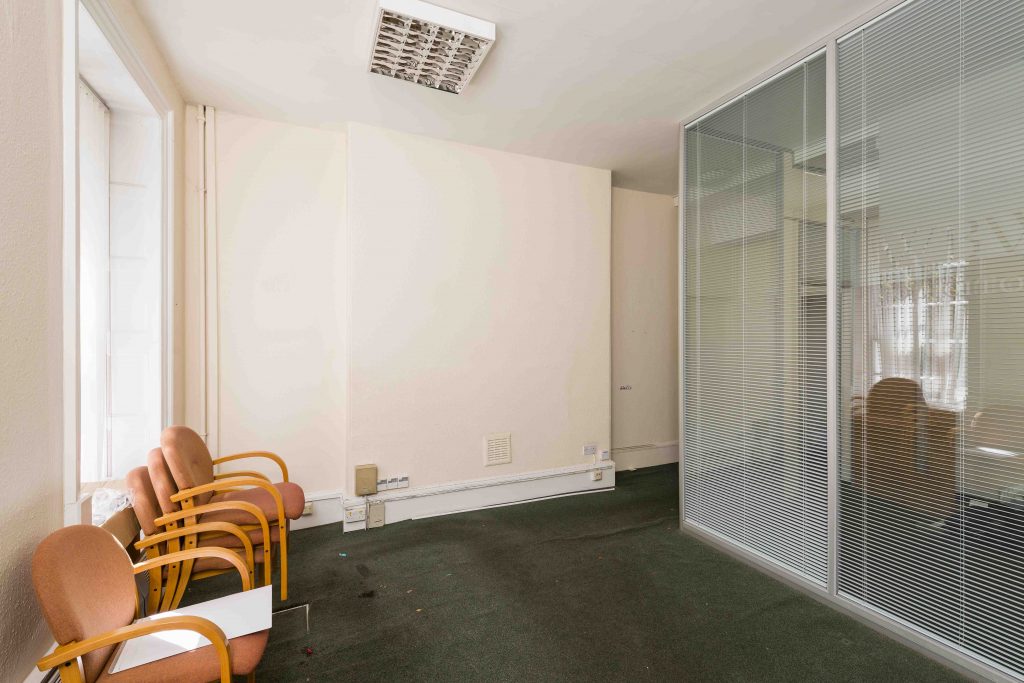
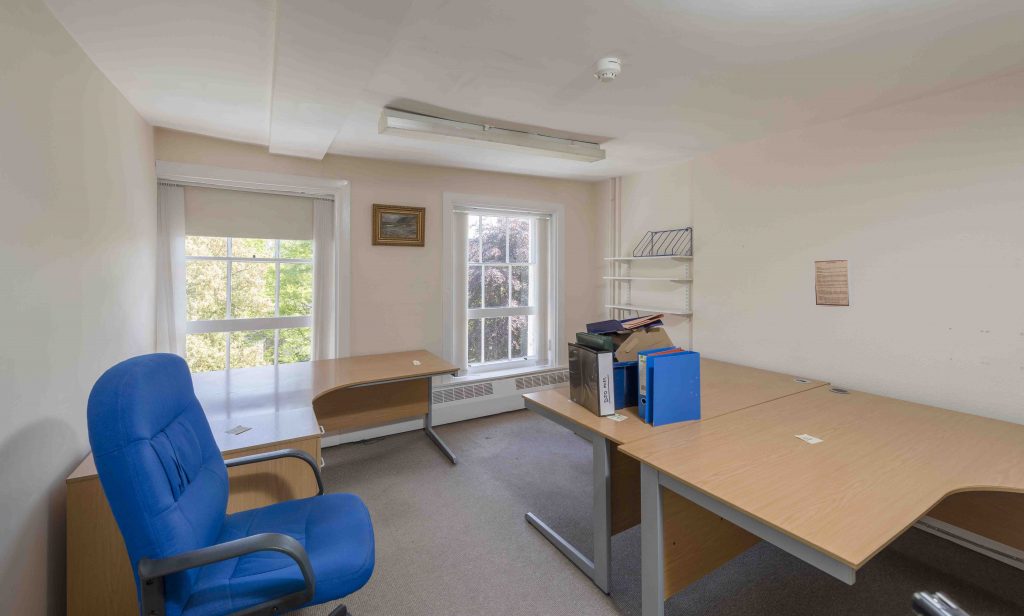
The refurbishment aims bring the spaces up to date. With brighter, well designed, high quality spaces the client hopes to entice businesses with the opportunity to work from this unique building.
Look out for the progress pictures!
Transforming a building which transforms lives…
Since our last post on the Salvation Army, the project has made great progress and exciting things have been happening. We are eager to share the next stage of our work, as the team here at LSA have been working hard with their design caps on. From exterior to interior, the design process is now well underway for the redesign of Friars’ Walk.
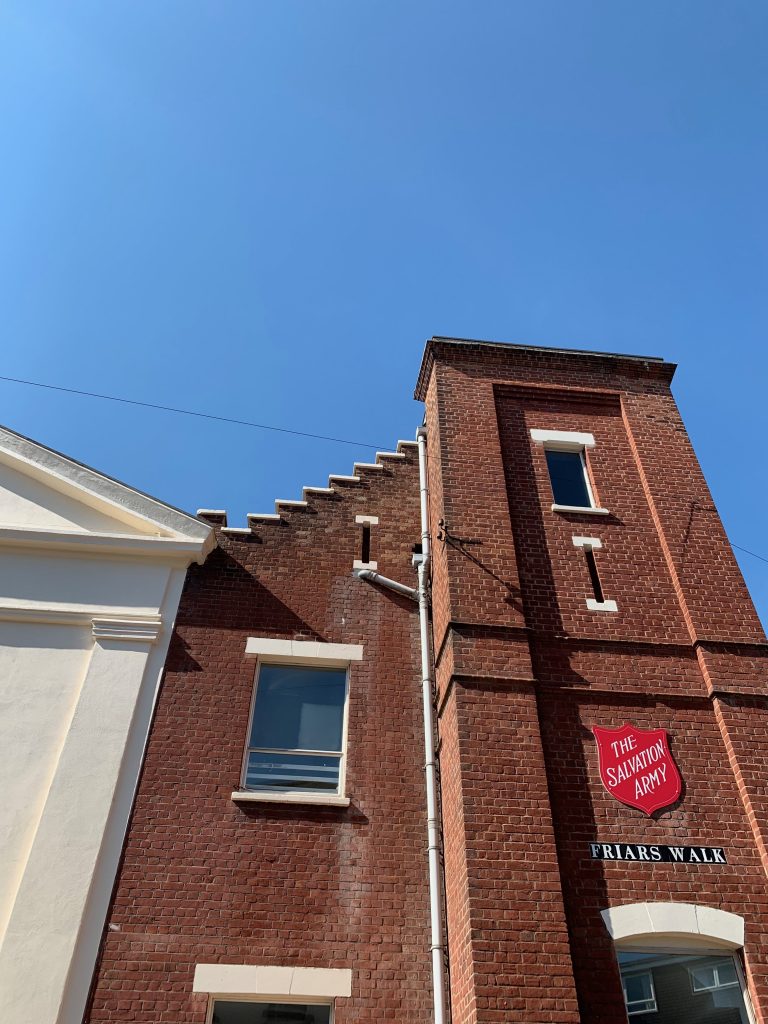
In our previous post, we highlighted the importance of the building’s history and how the Salvation Army has had a great impact on our society here in Exeter. Friars’ Walk is home to a thriving community, and we believe that the people at Salvation Army are taking the right steps towards the future of this building.
We knew from the outset that the interior spaces required a high-quality design strategy, and we intended each space to bring something new and different to the renovation of this building. This raised a range of considerations, from the function of each space down to the quality of finishes used. The style of design had to be sympathetic to the building’s past, but also needed to enhance and be conducive to modern life. The renovation is partly intended to act as a means of attracting people to use the building, and better appreciate all it has to offer. Opening up the interior spaces allows the building to be versatile, in keeping with its use as a site of varied activities. Below are some of our initial 3D views of the new interior spaces:
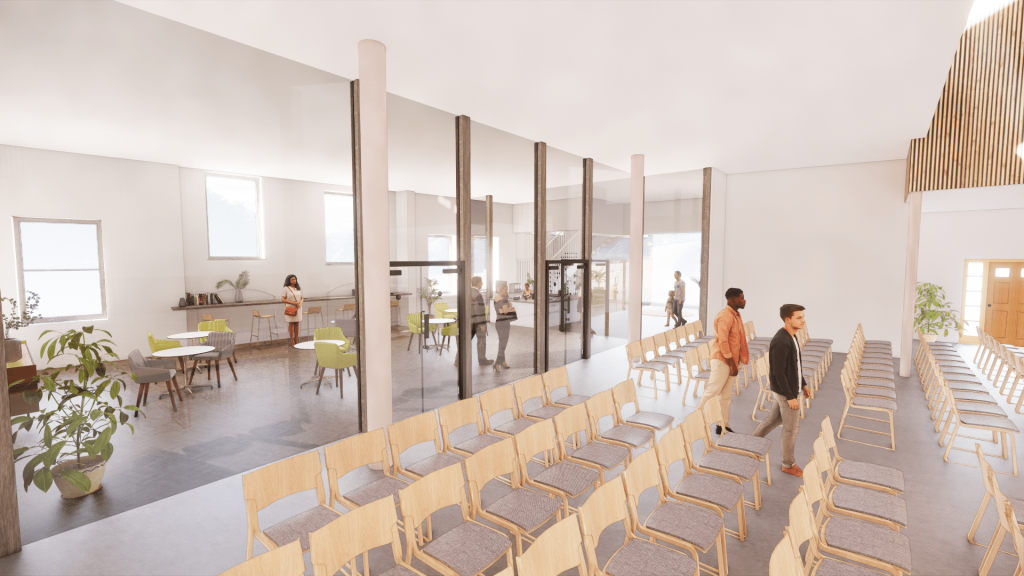
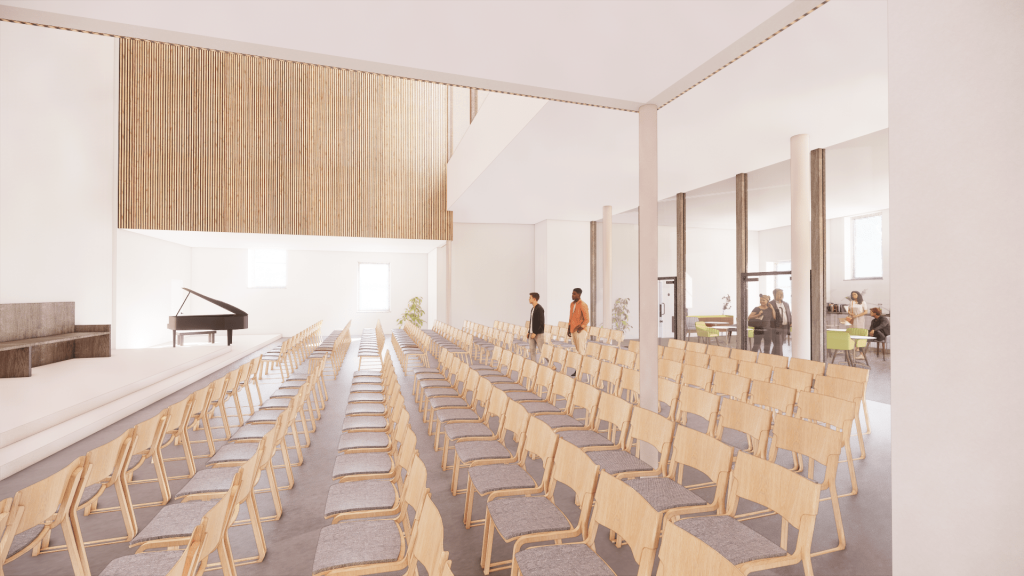
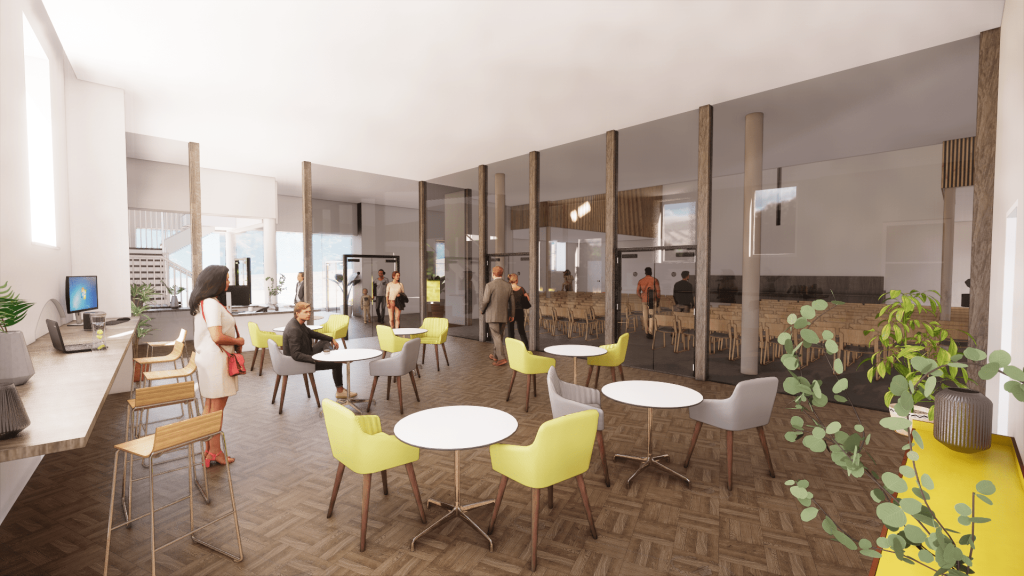
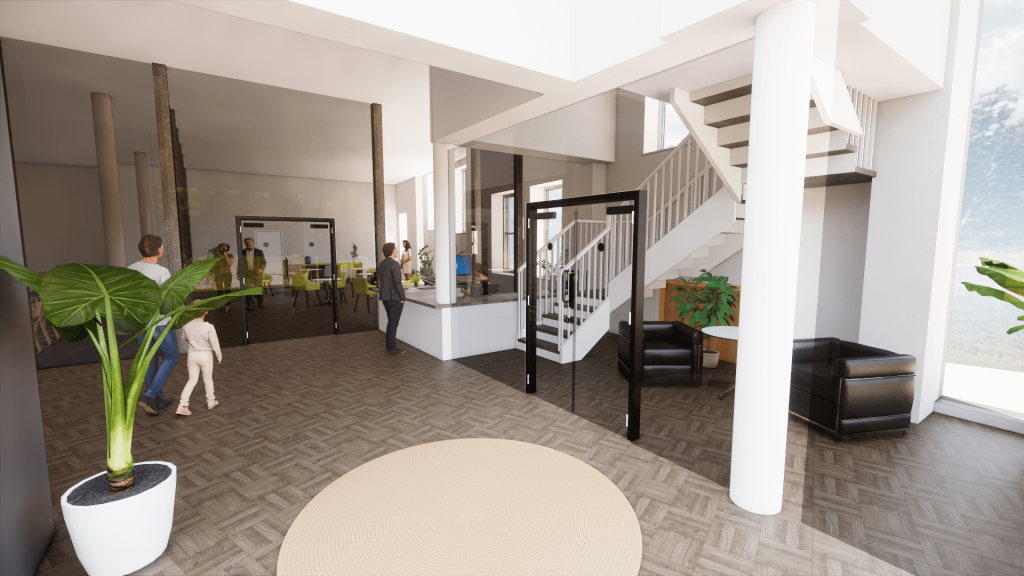
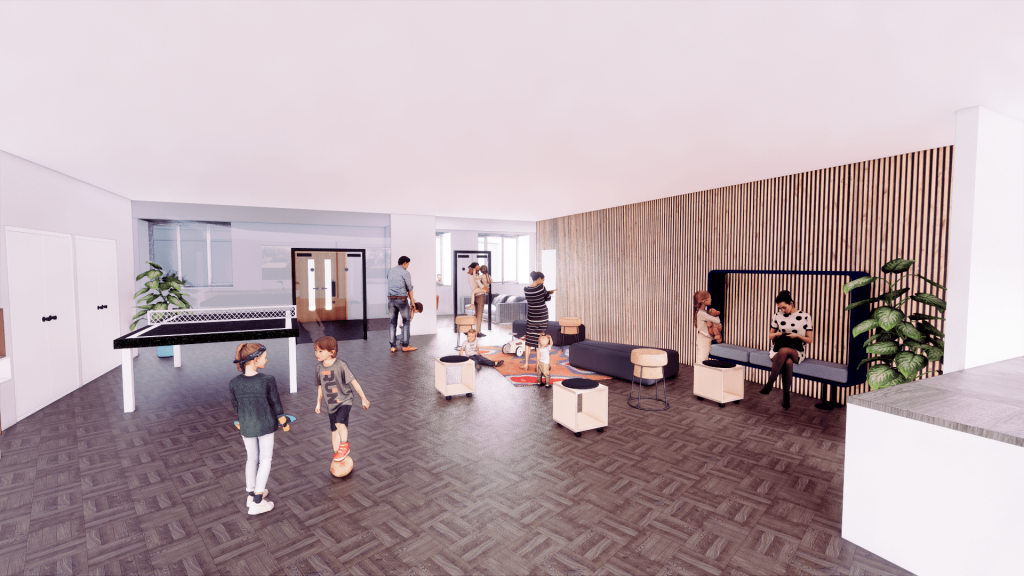
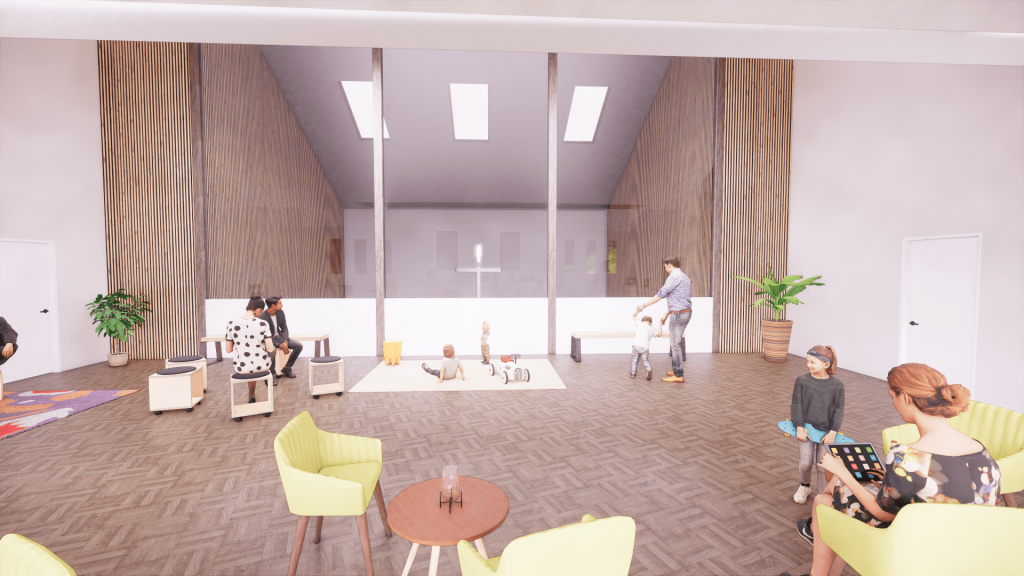
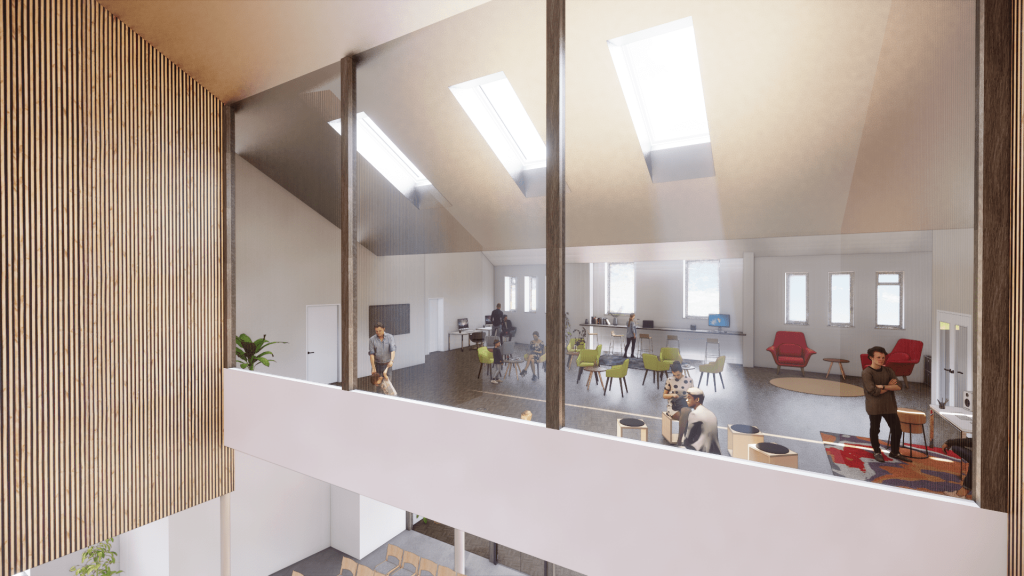
First Floor area from double height space
The future is looking bright for Friars’ Walk. We feel privileged to be working with the Salvation Army, and hope that we can offer them something special which will keep their community thriving. This is only the start – so stay on the lookout for updates on what unfolds next!

